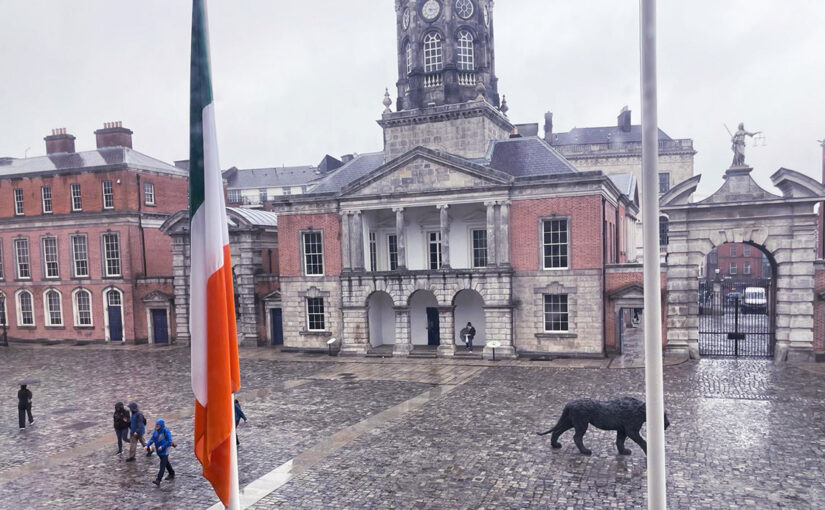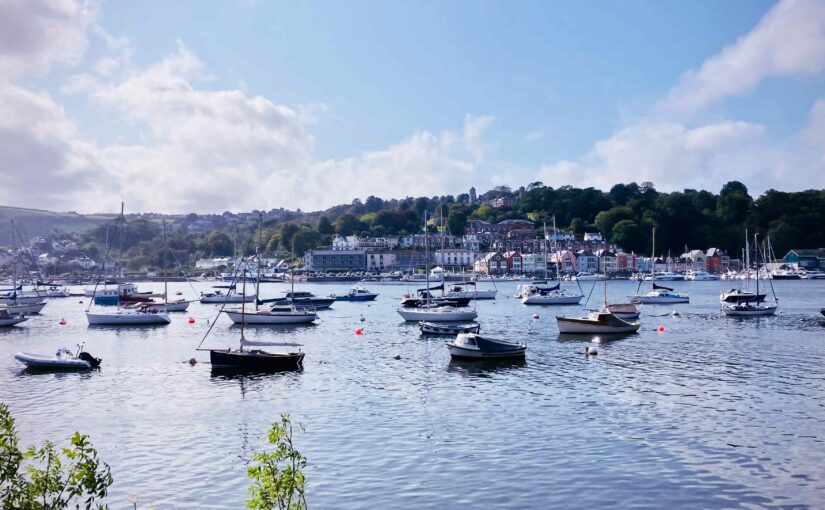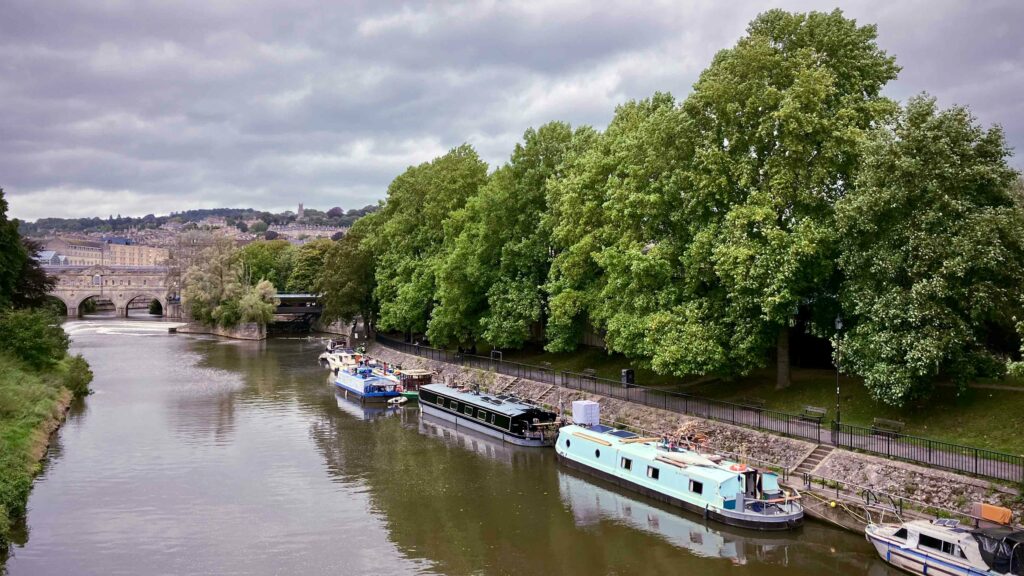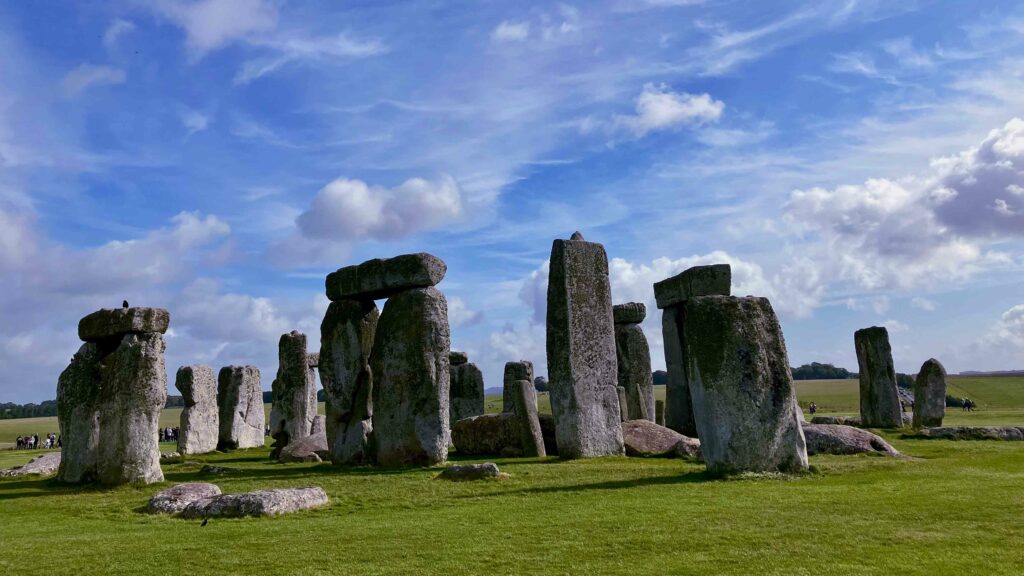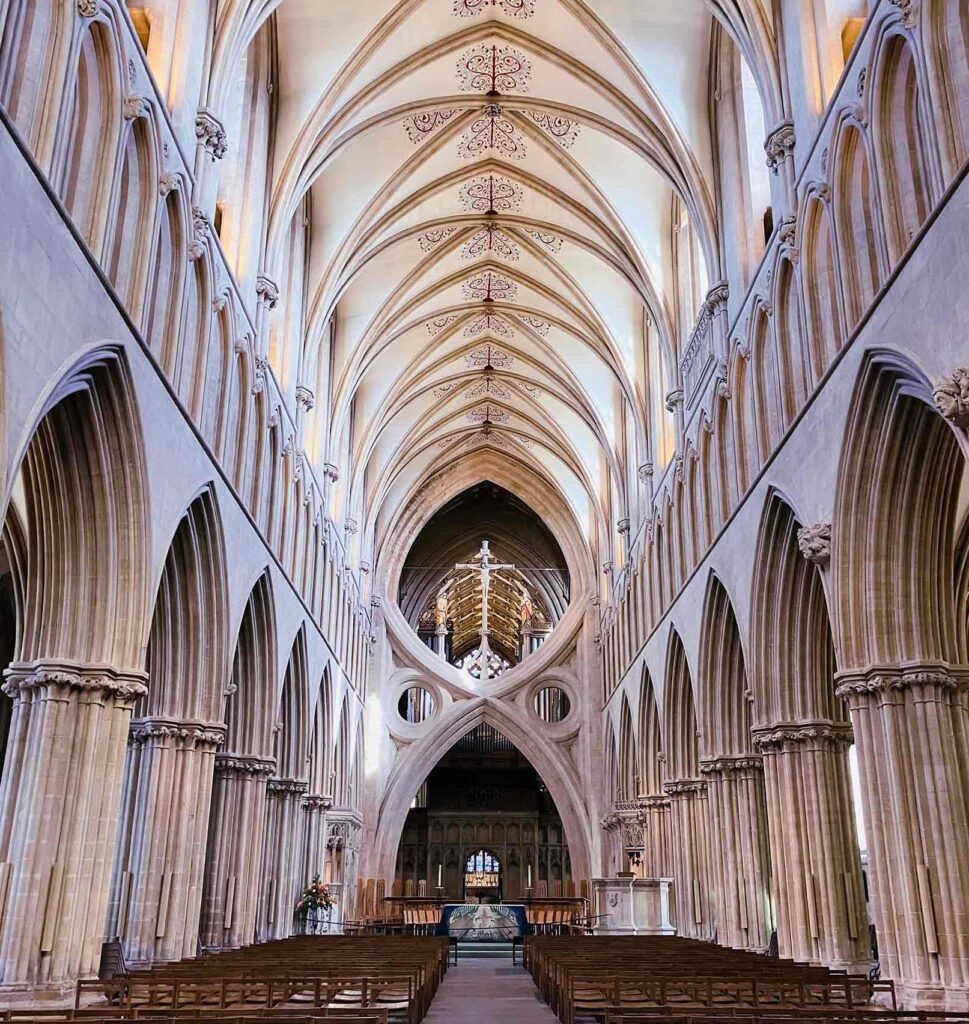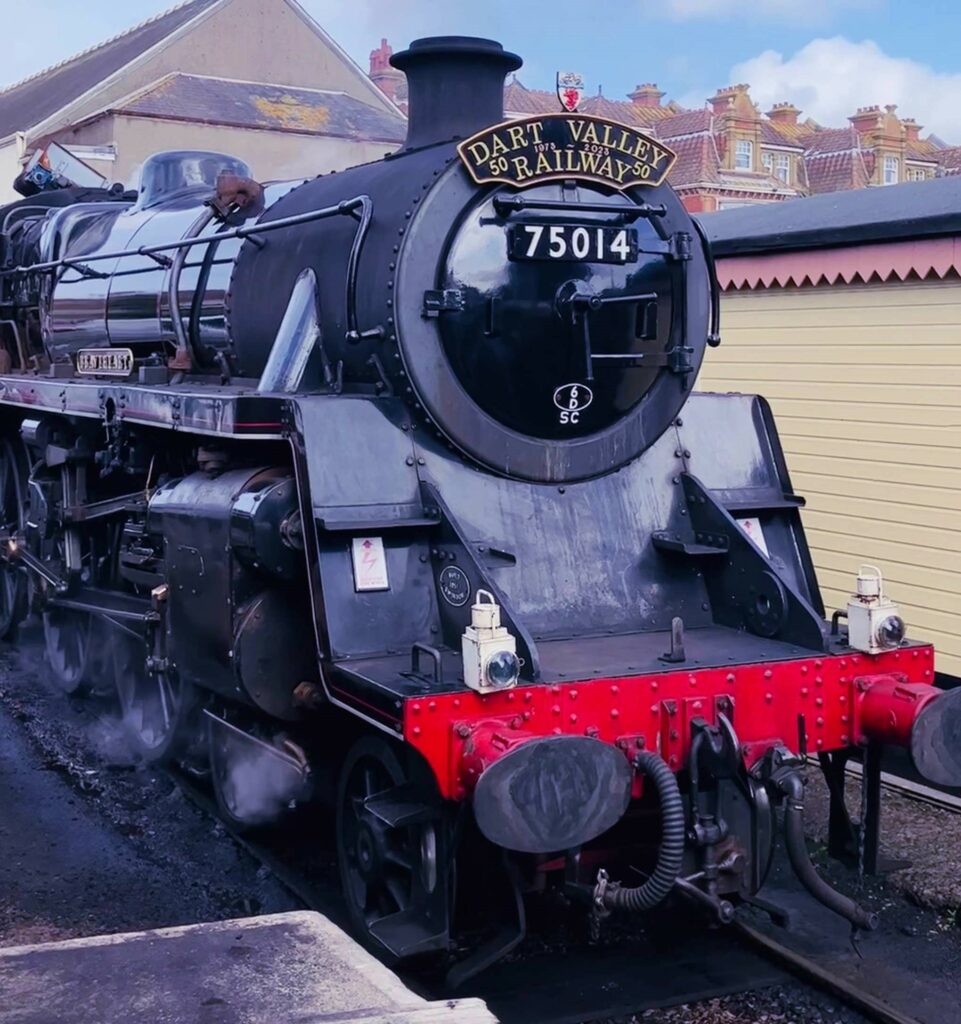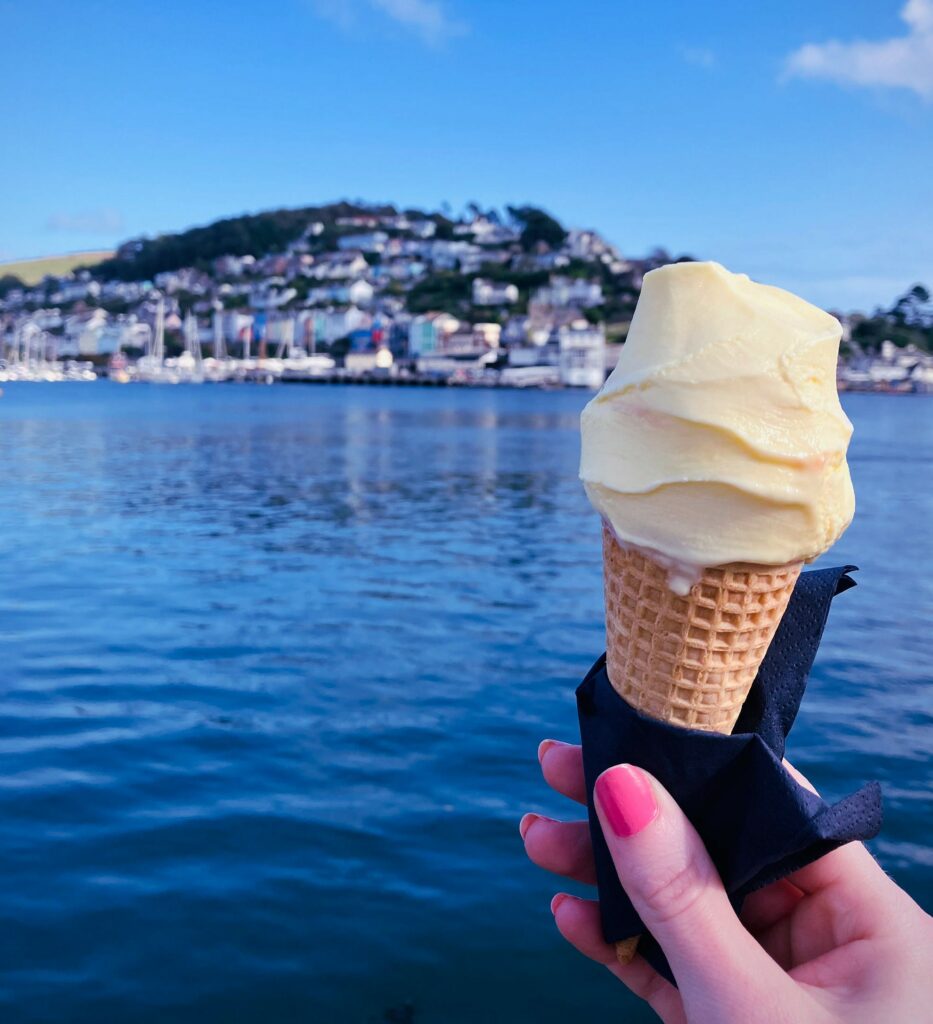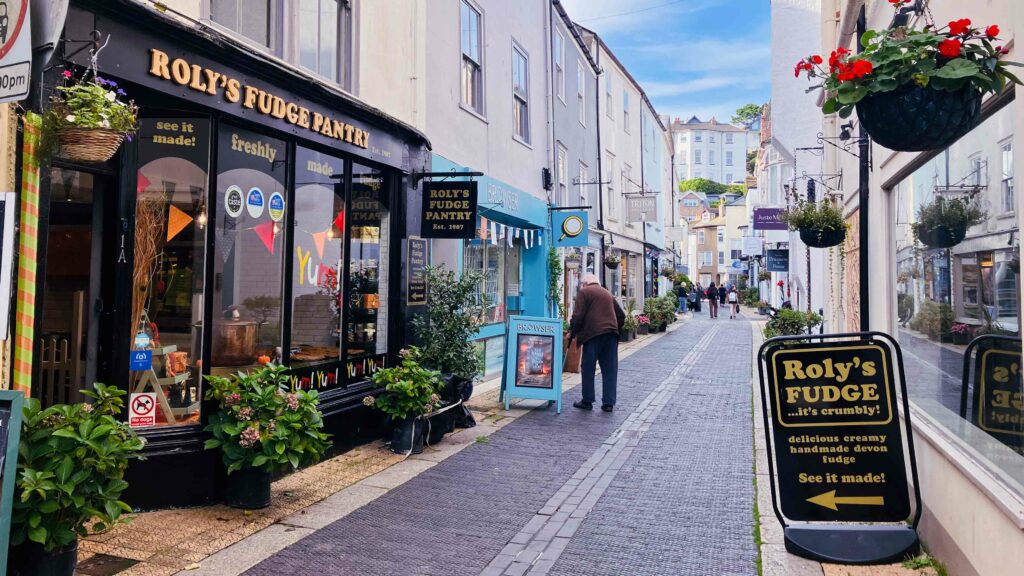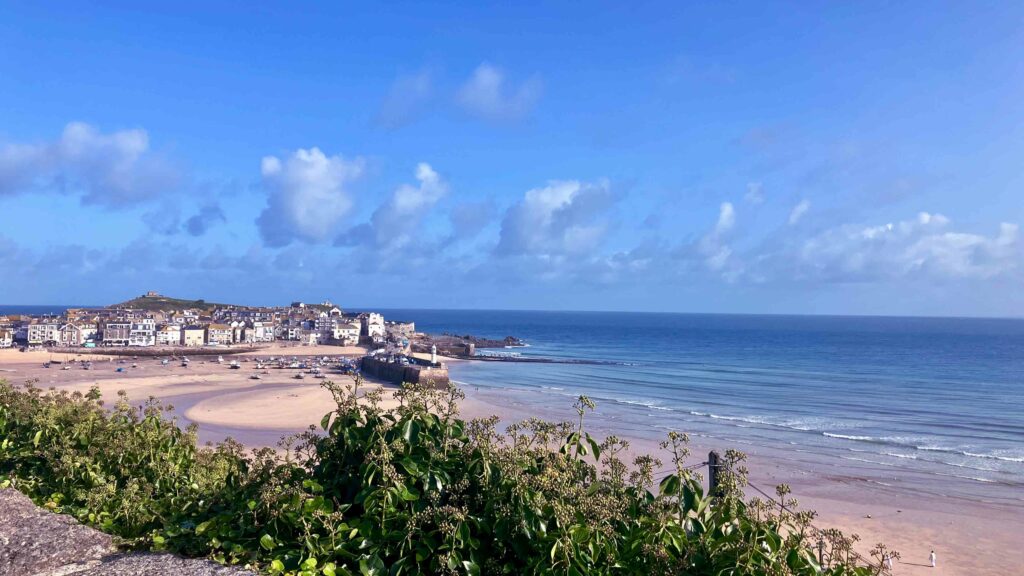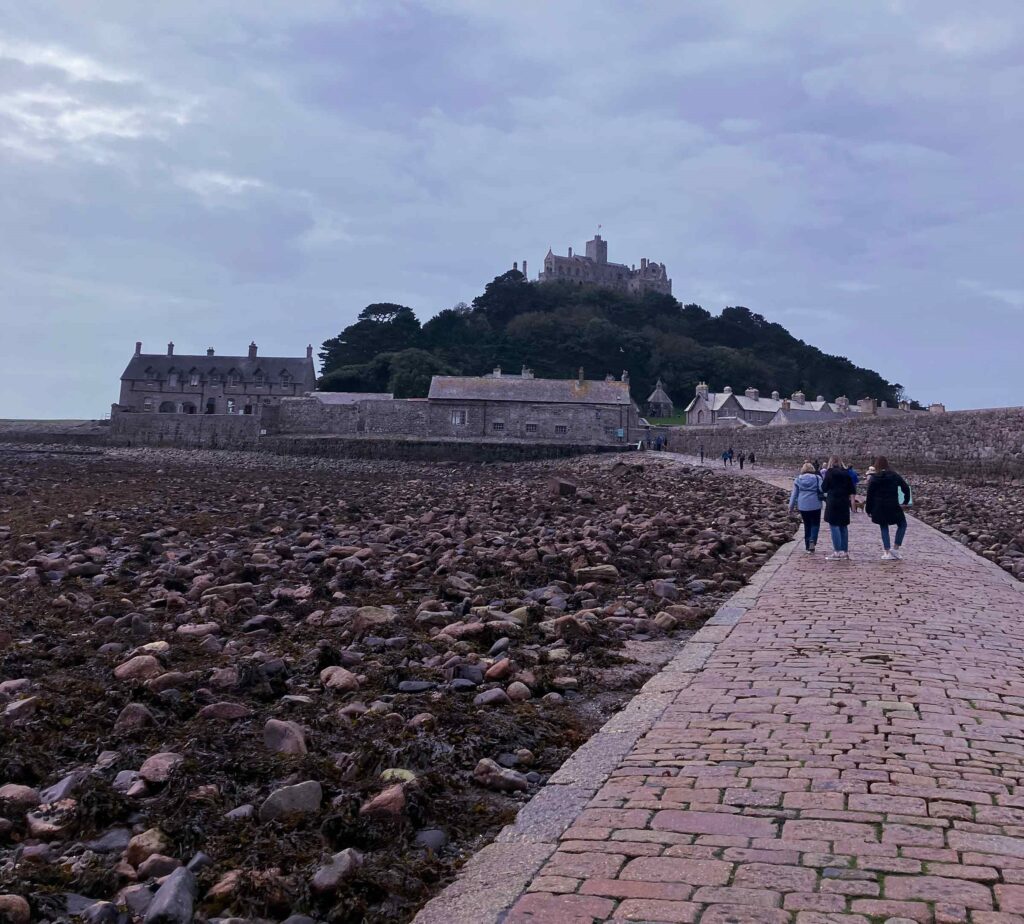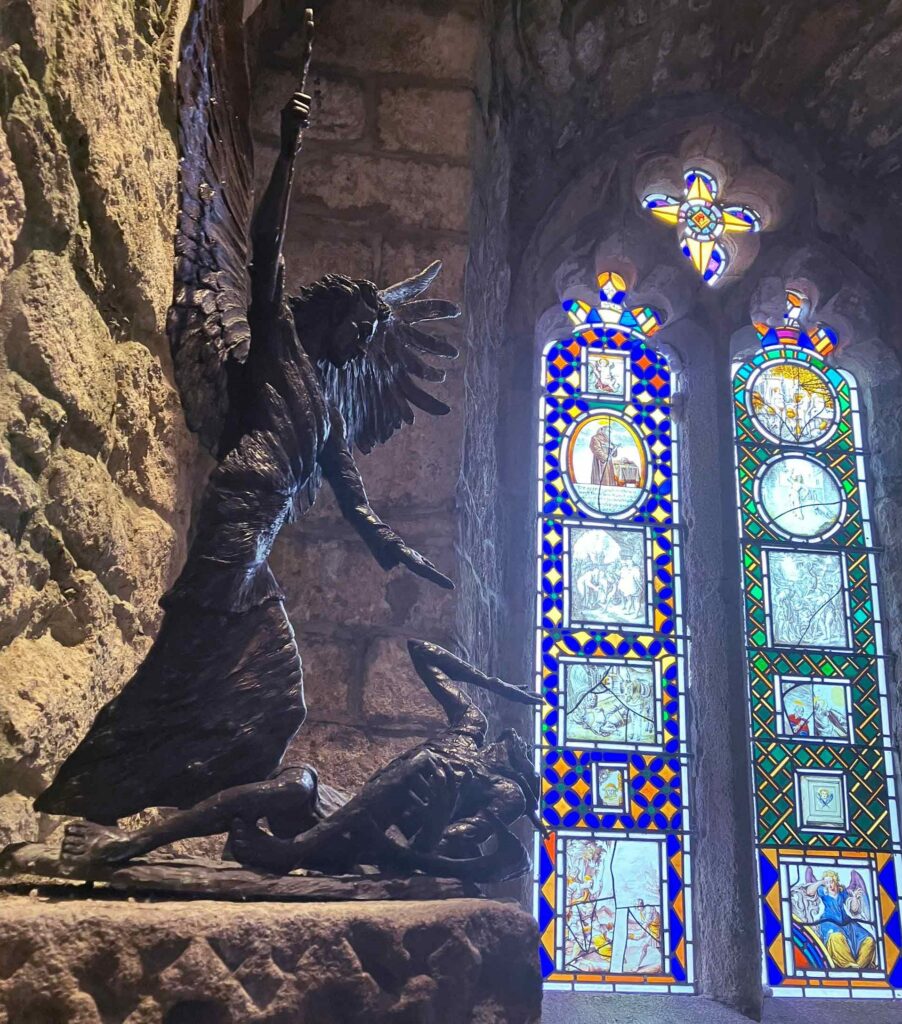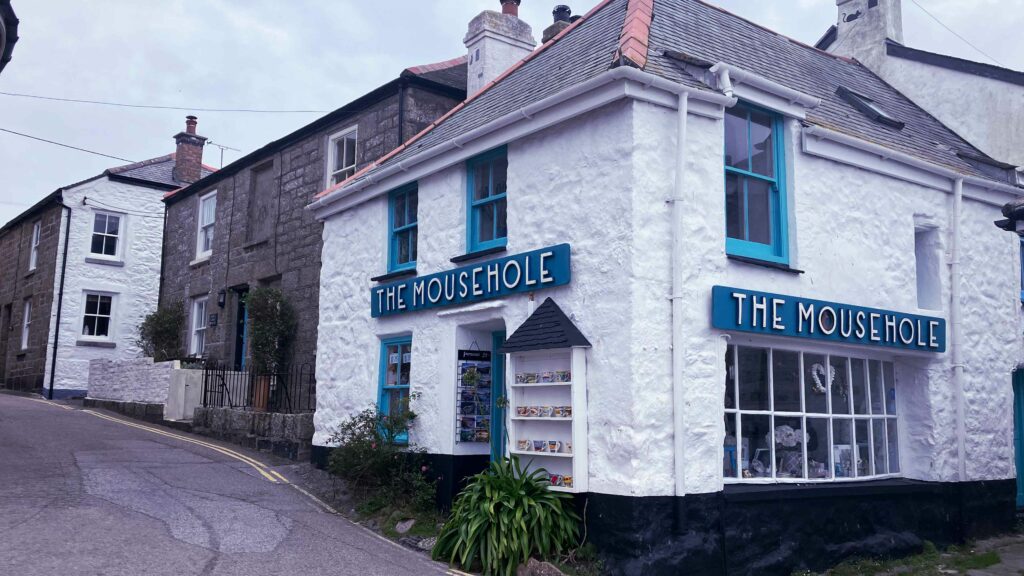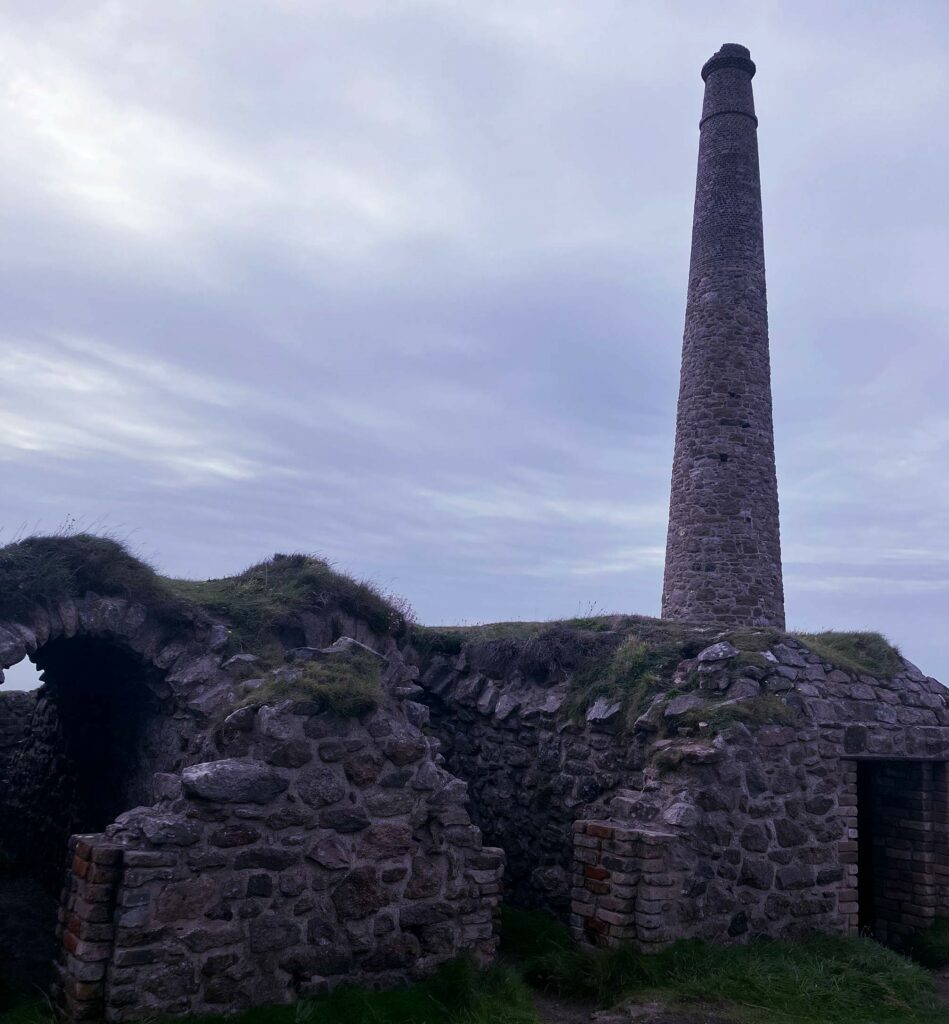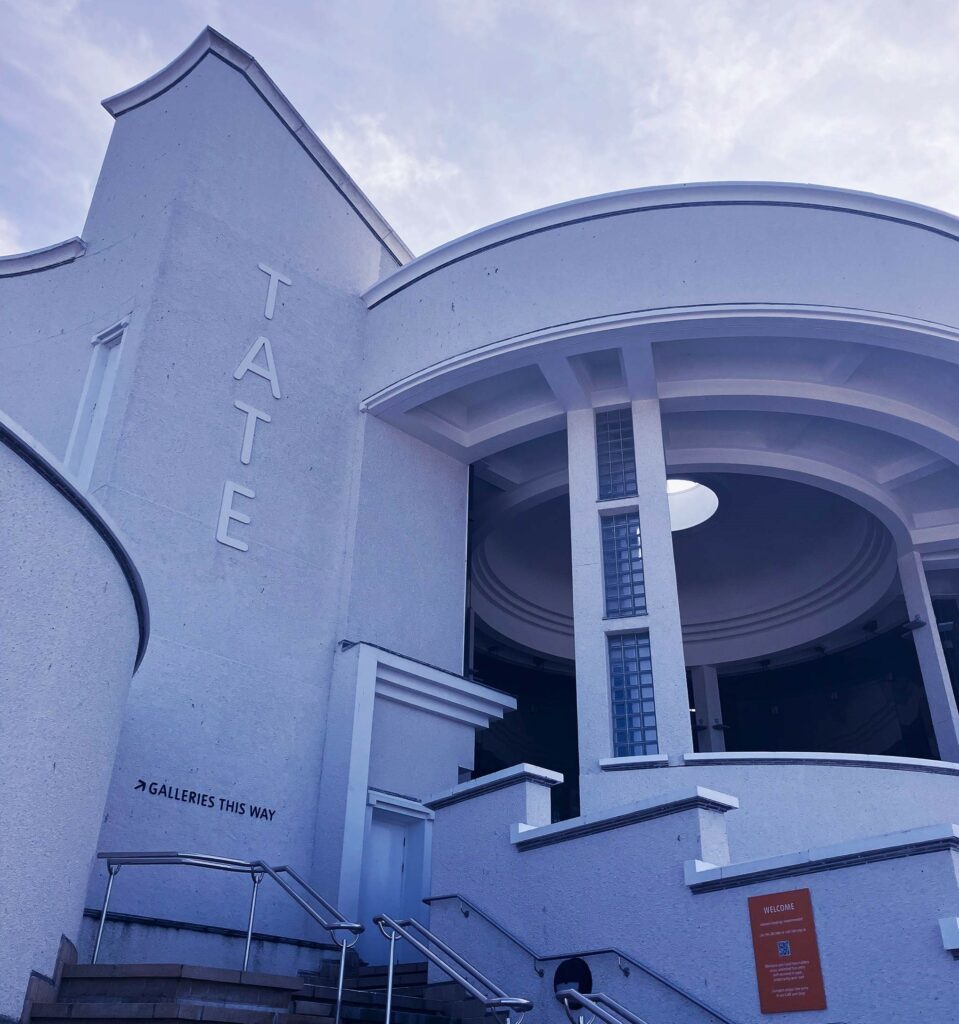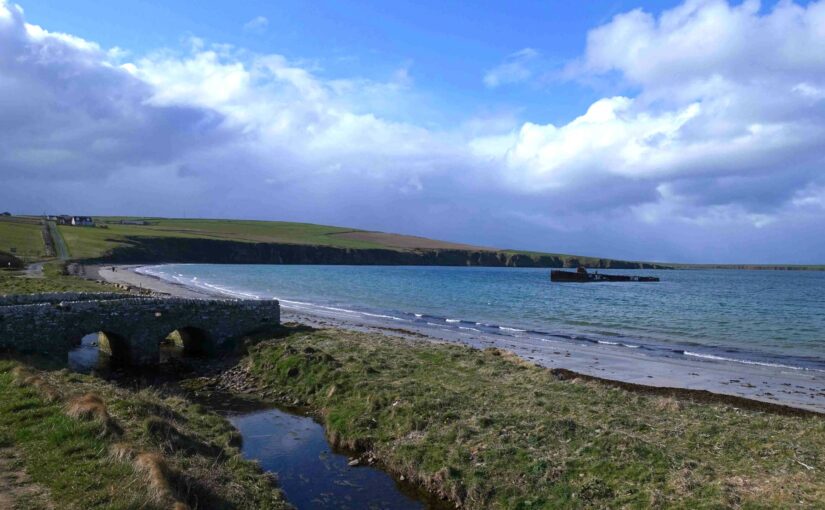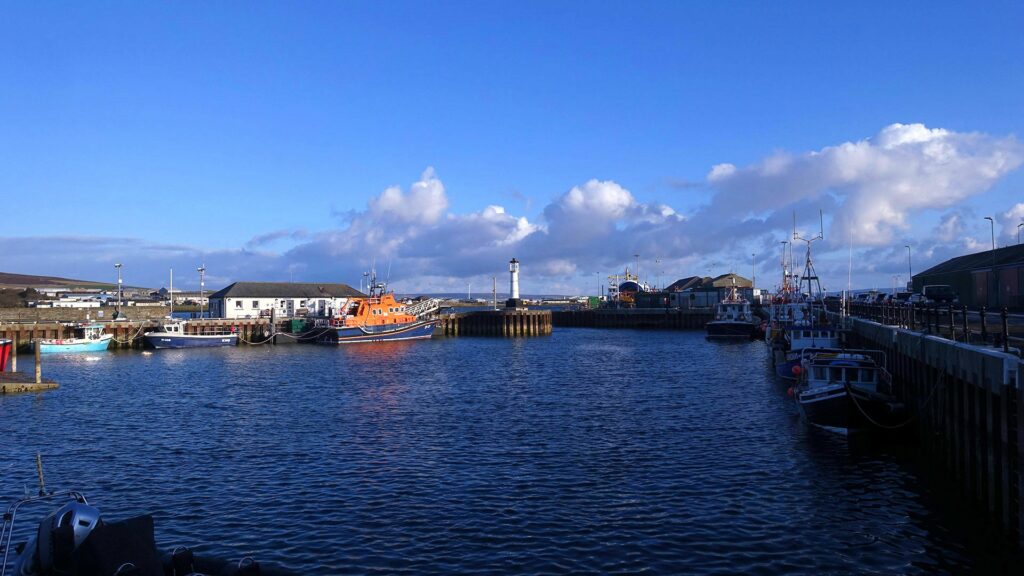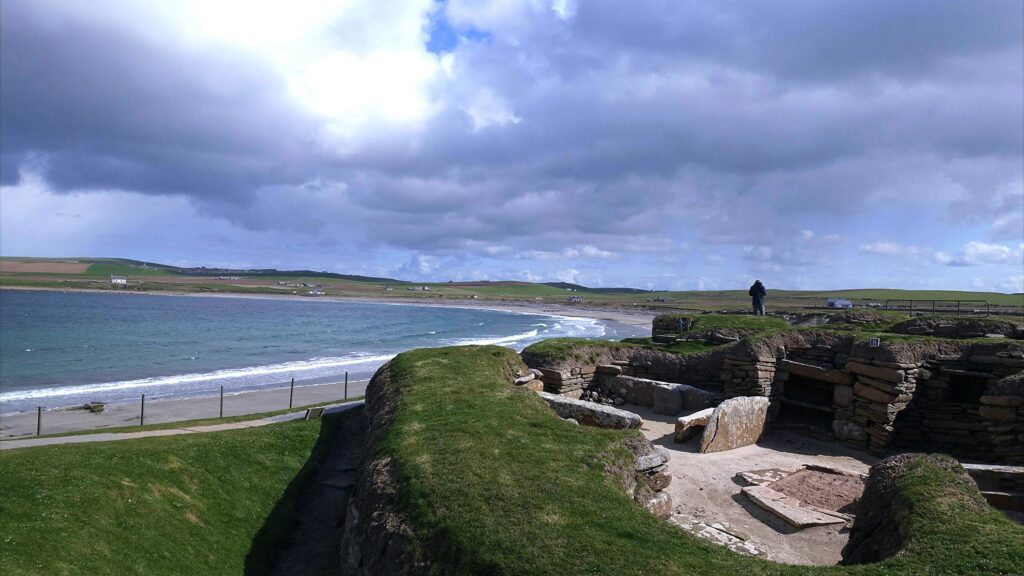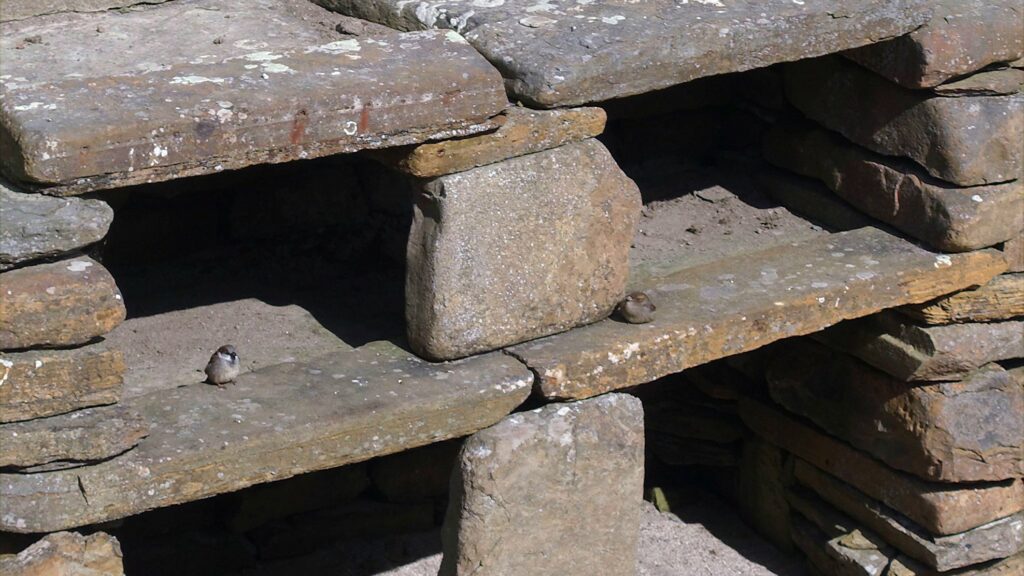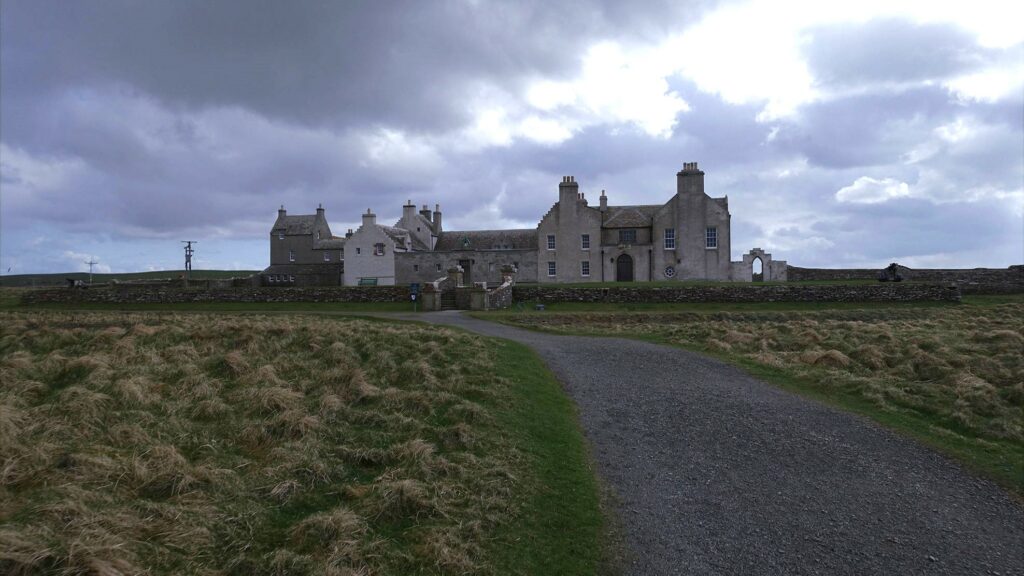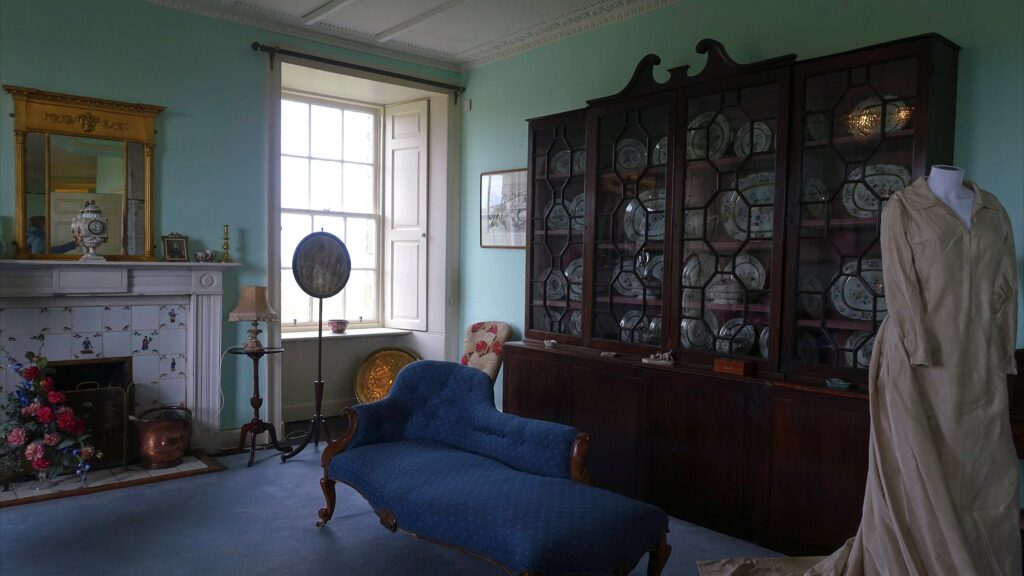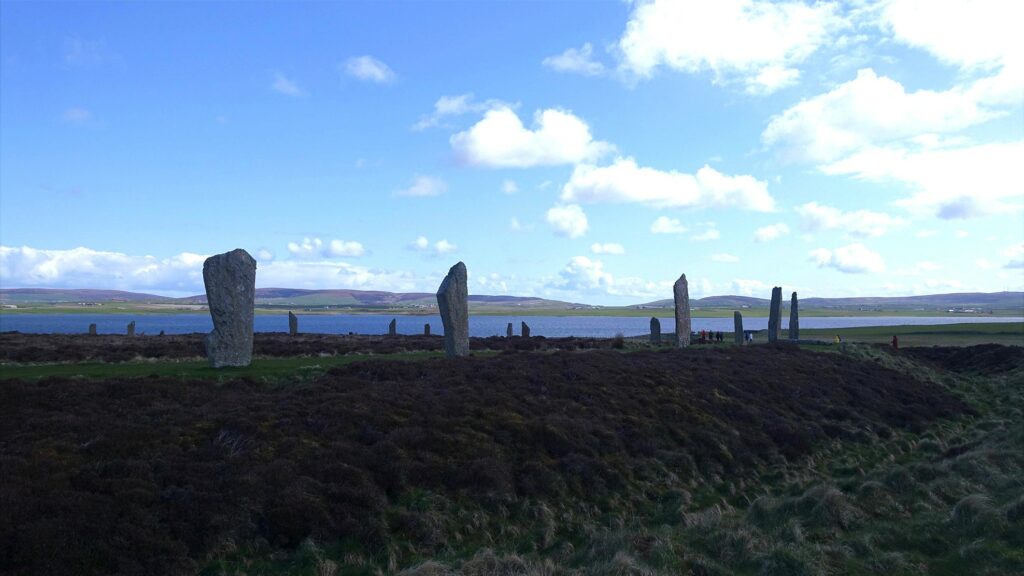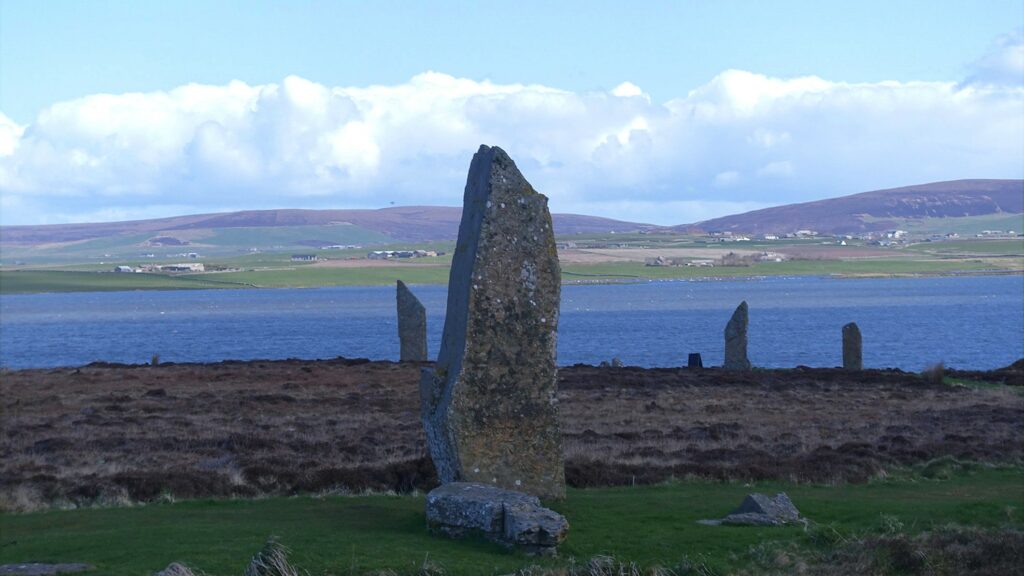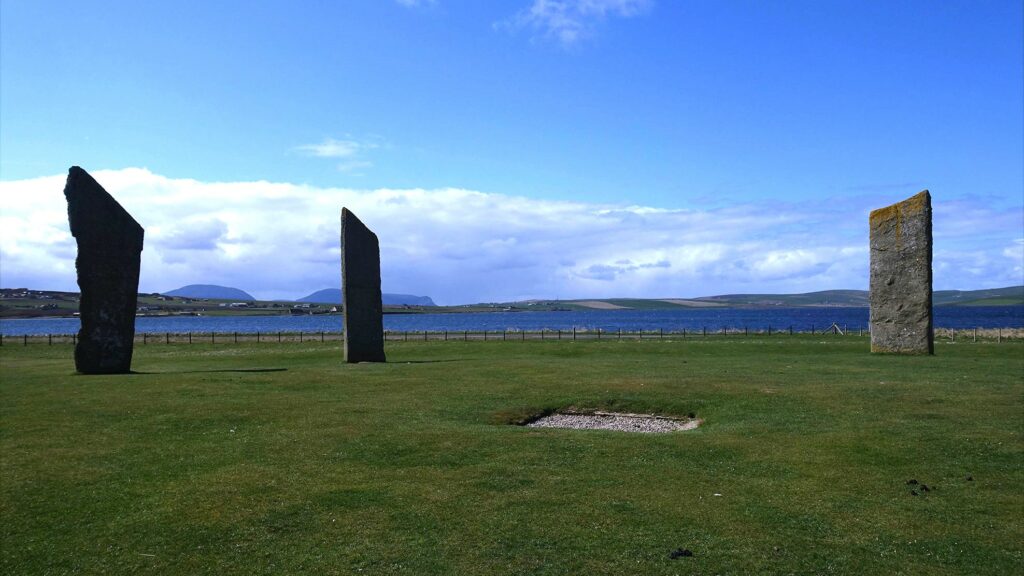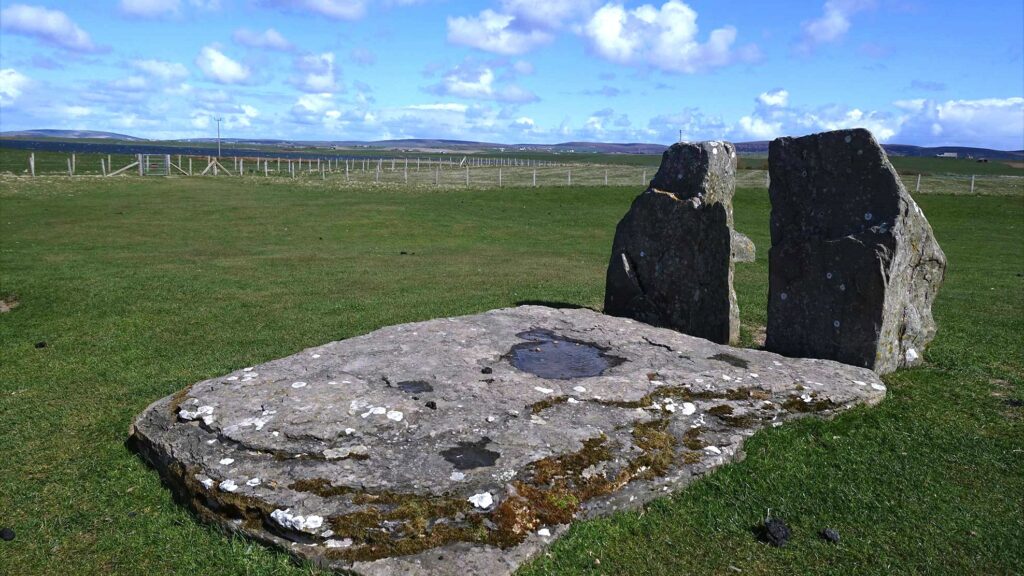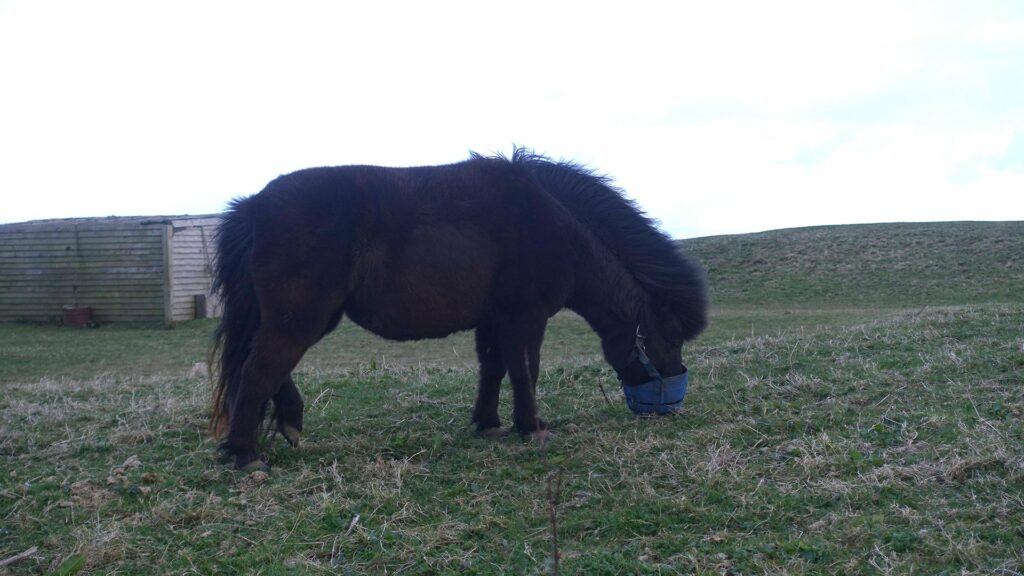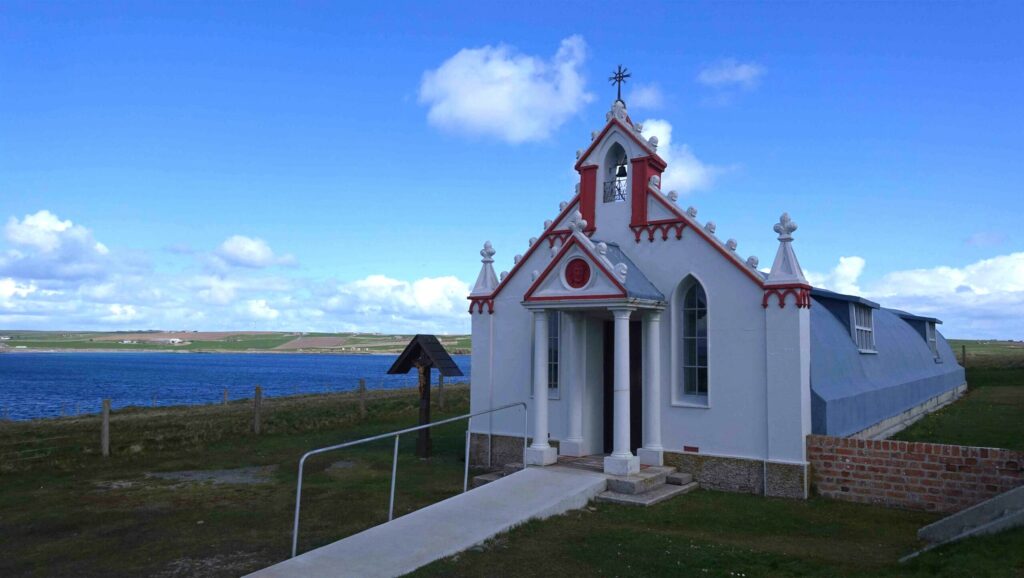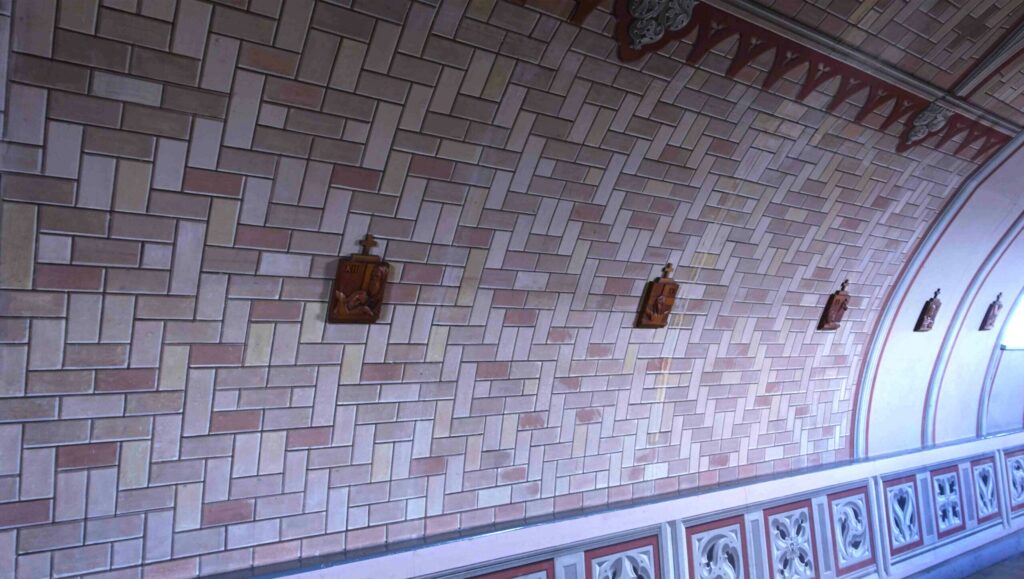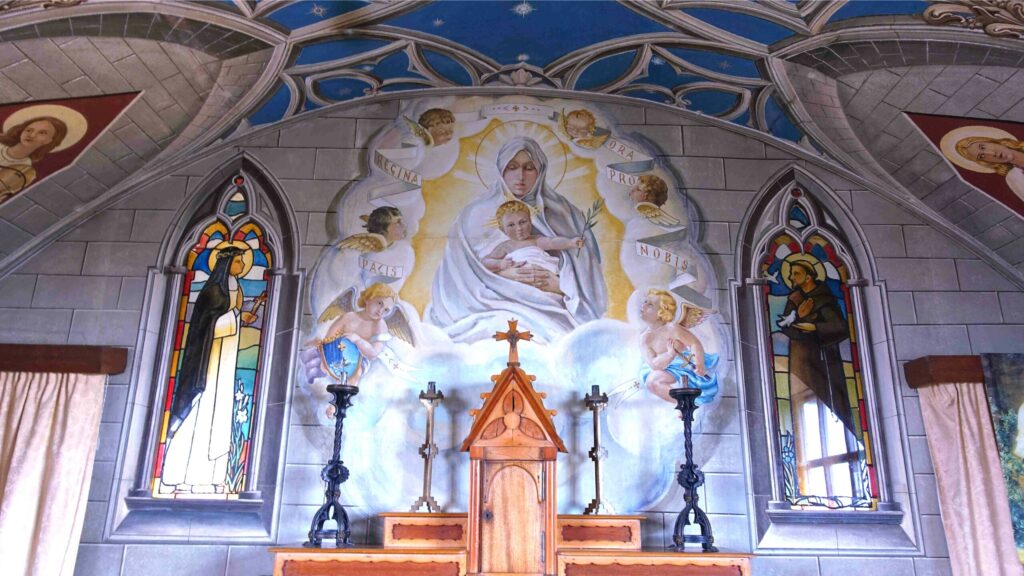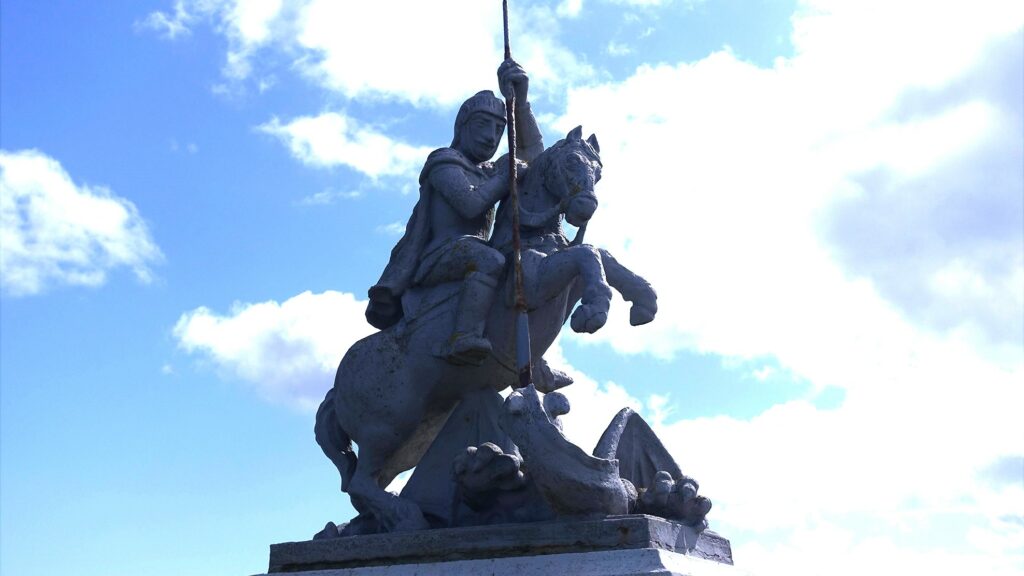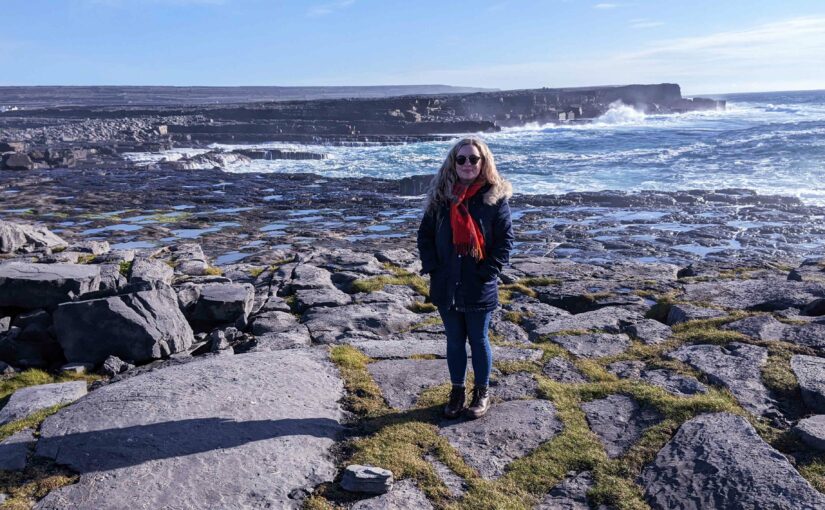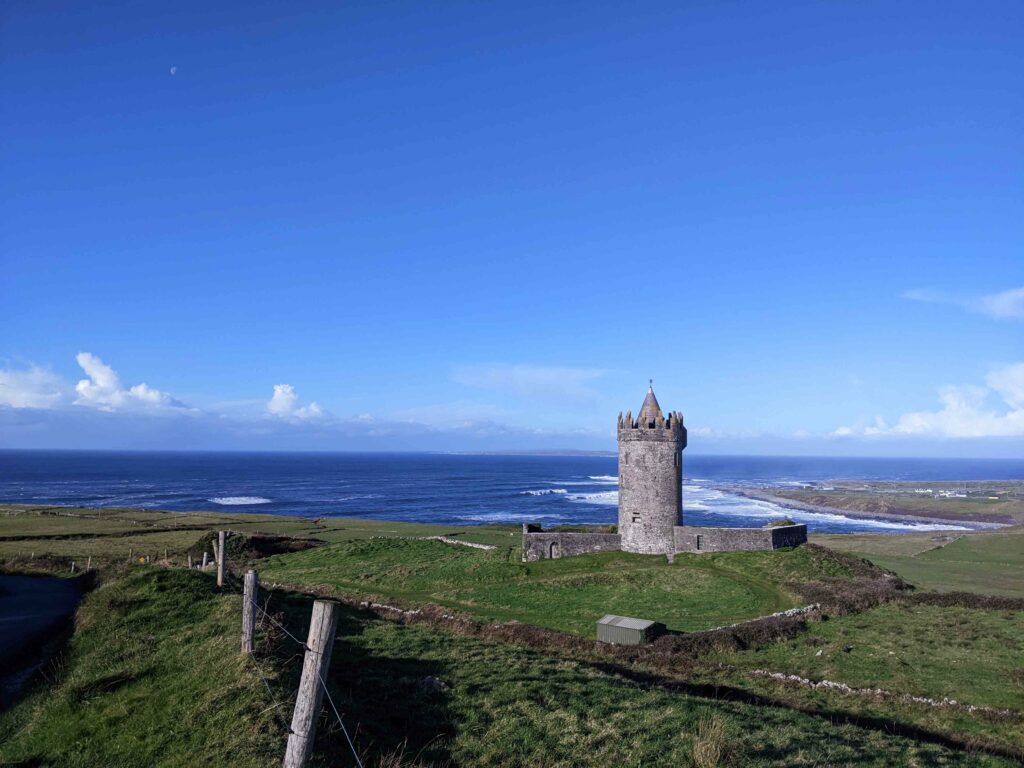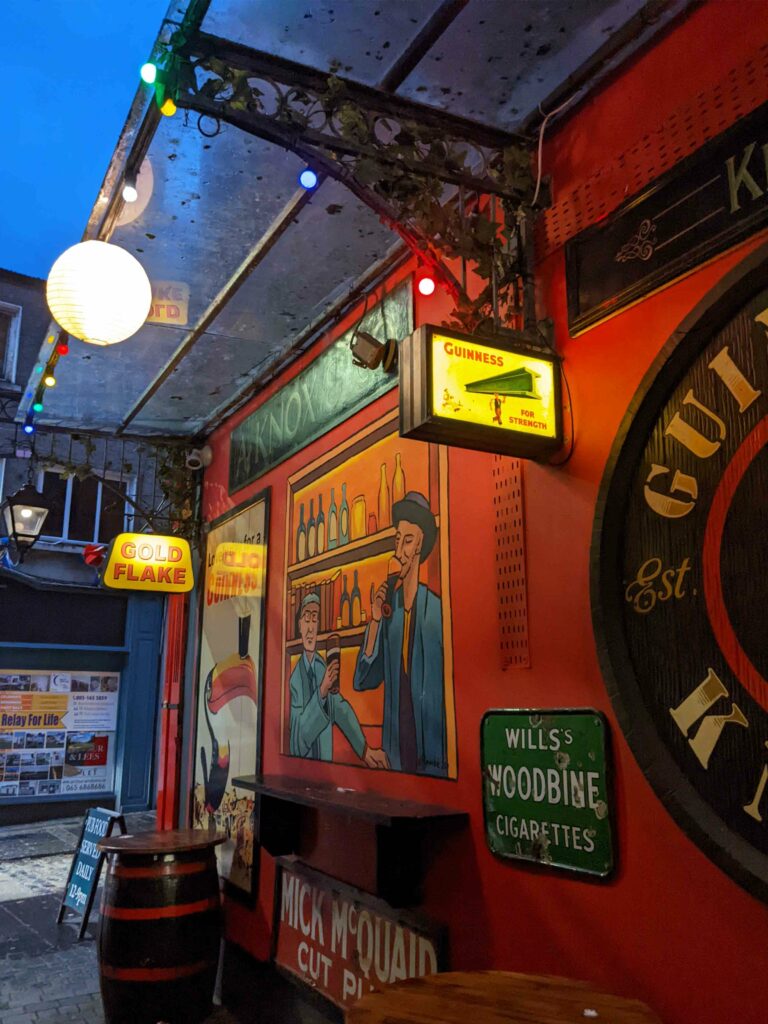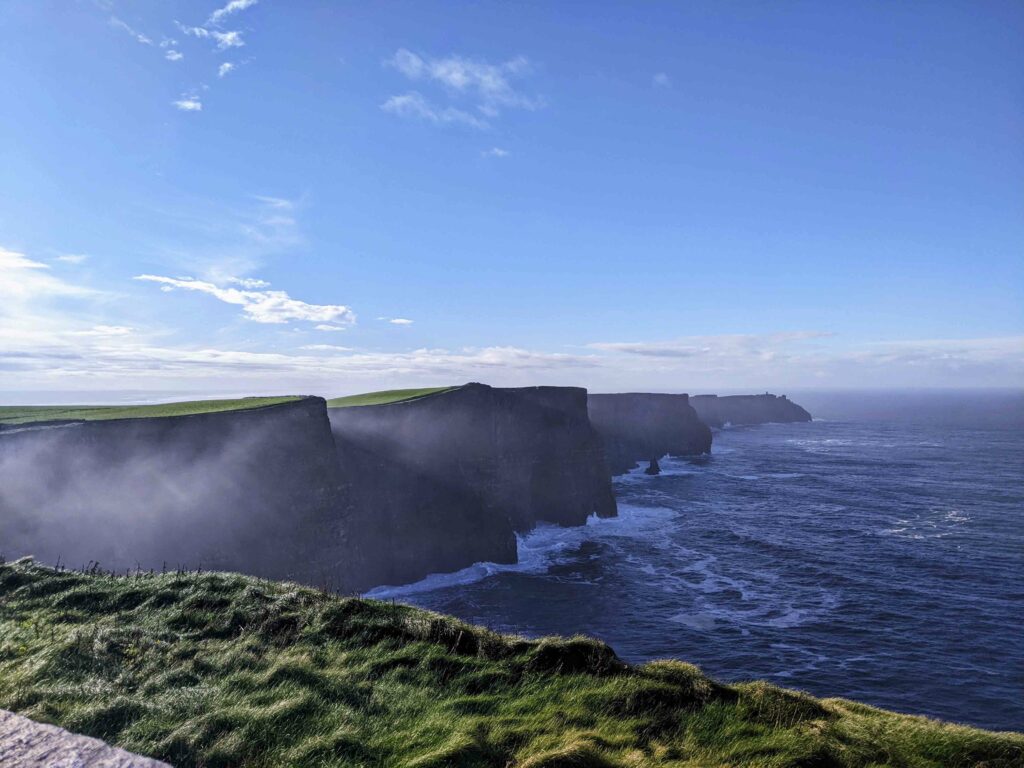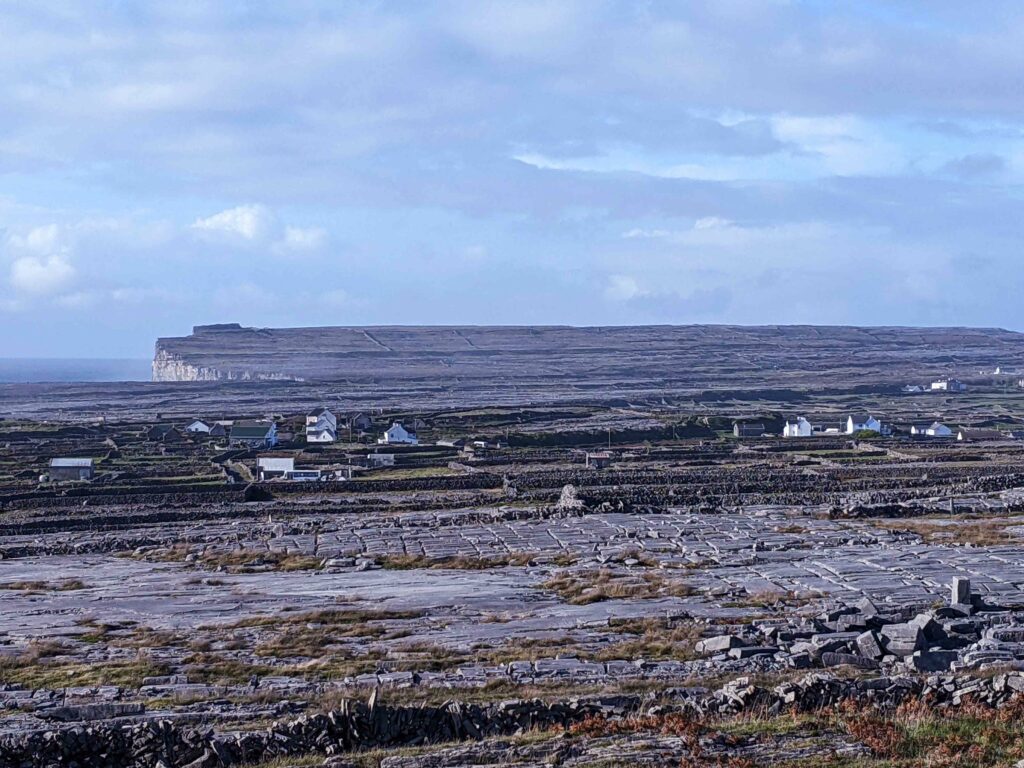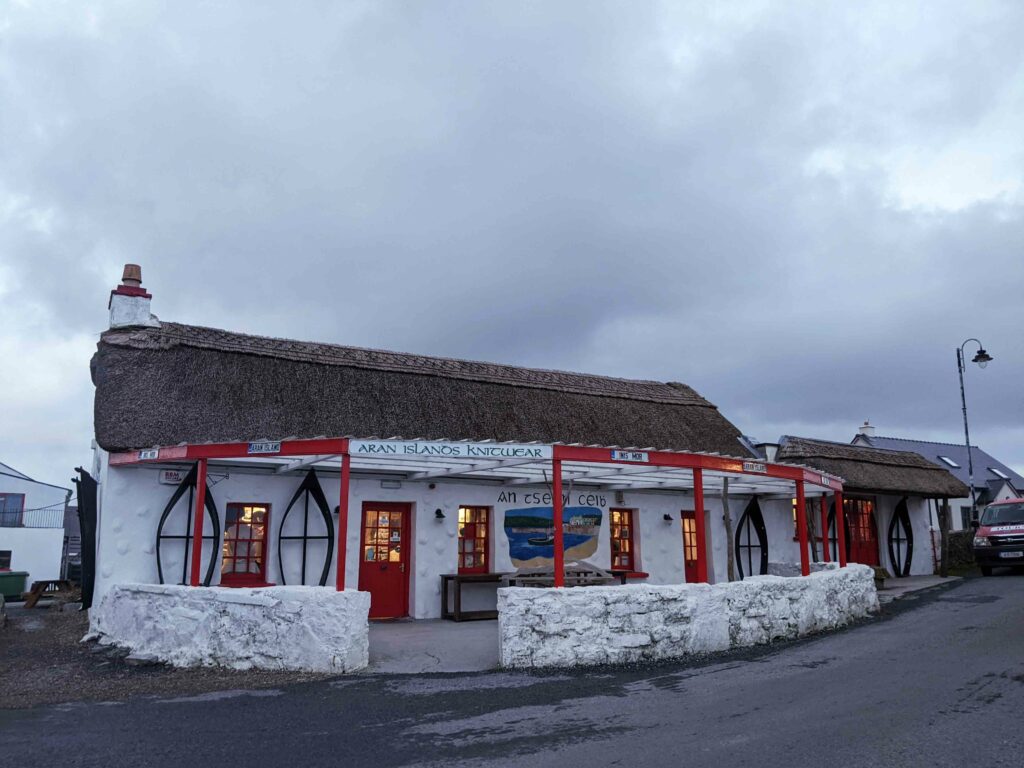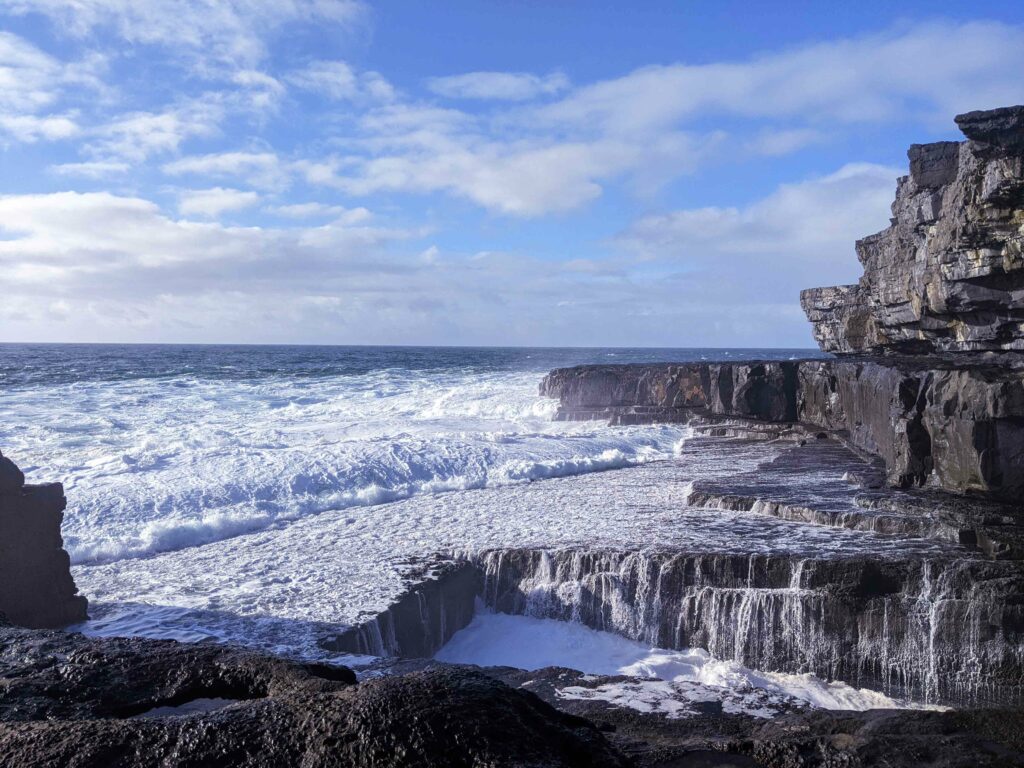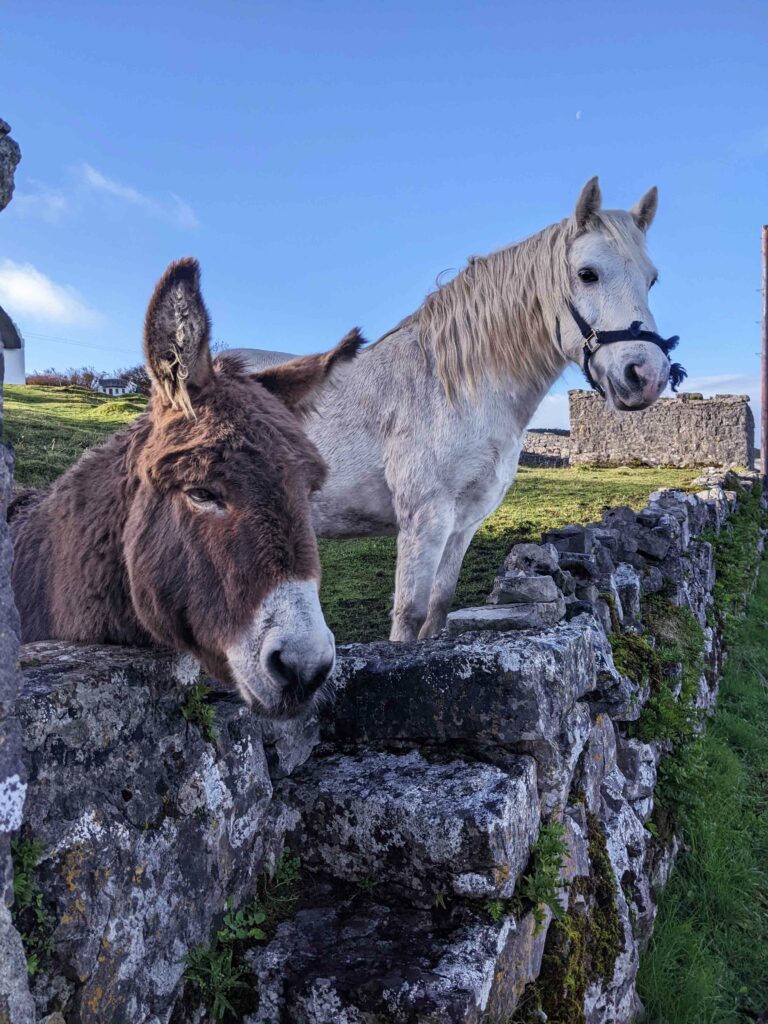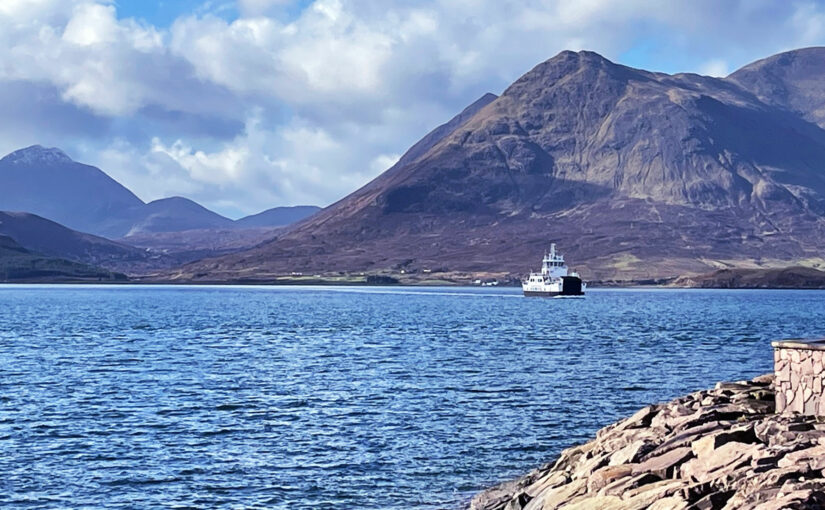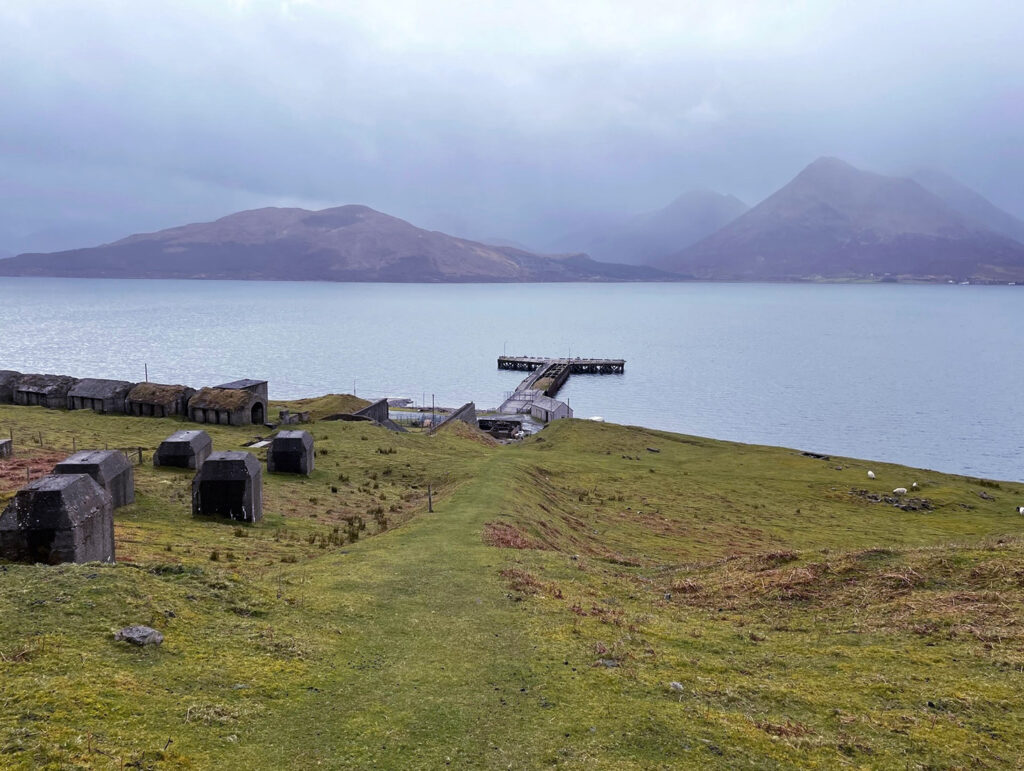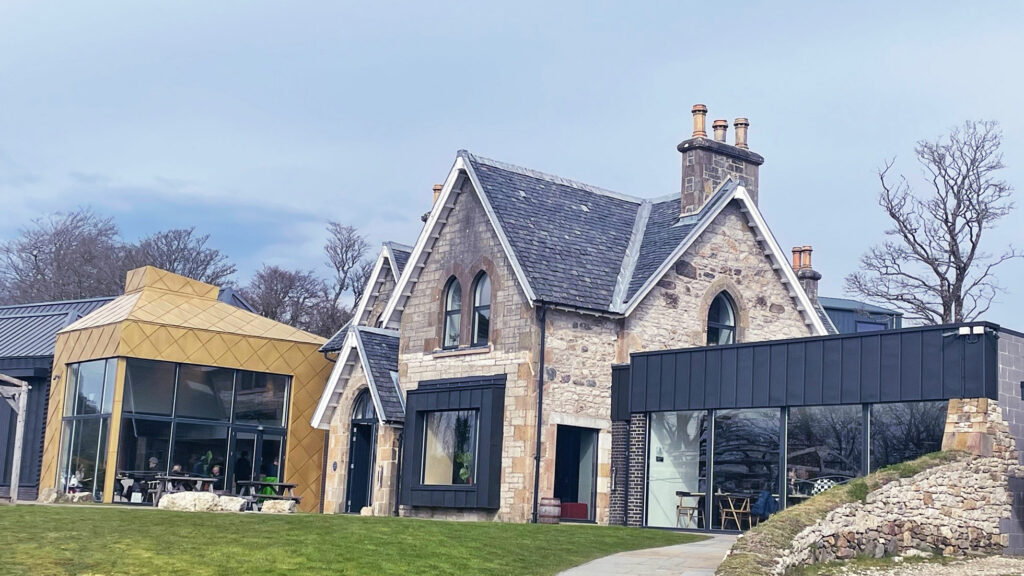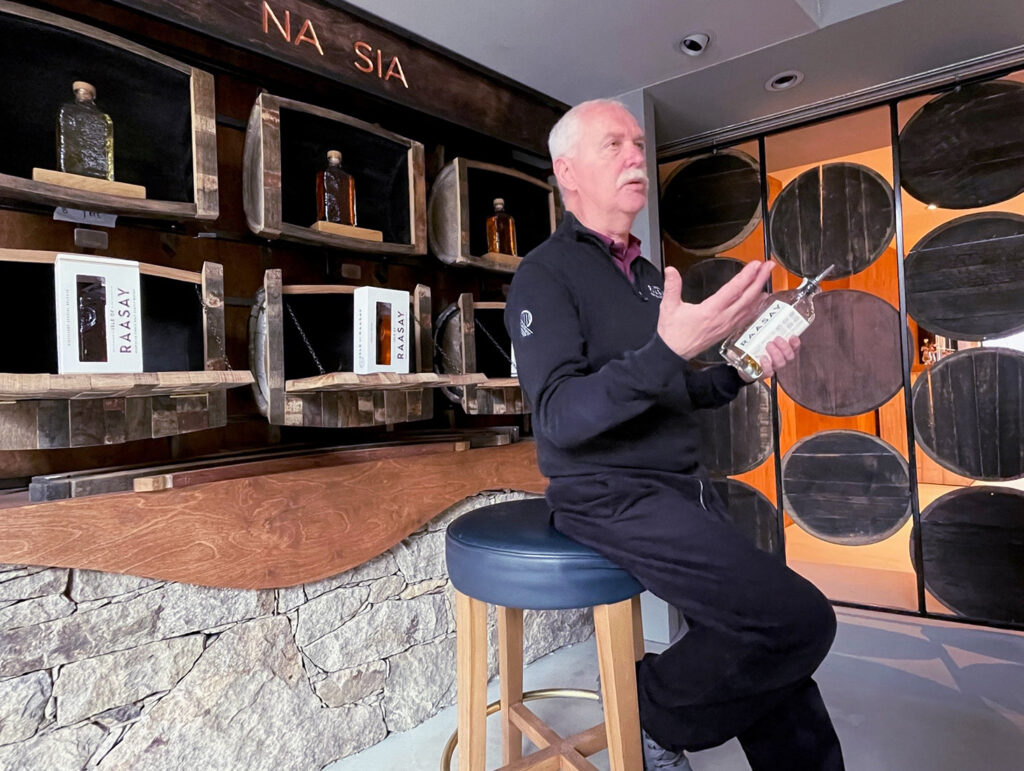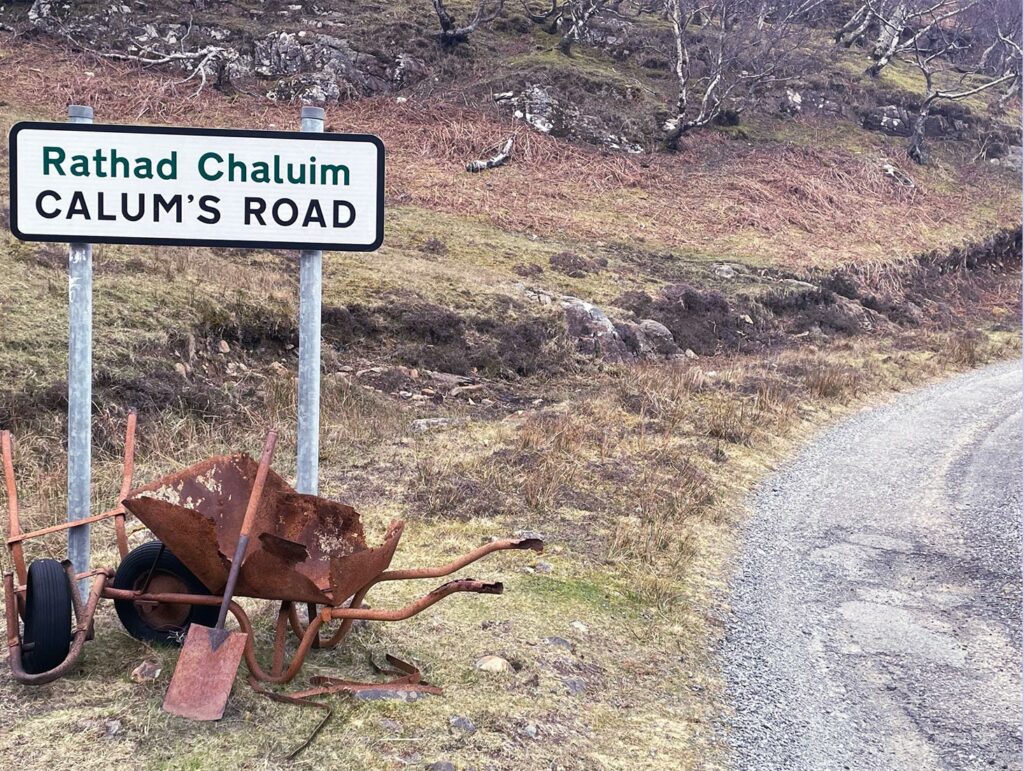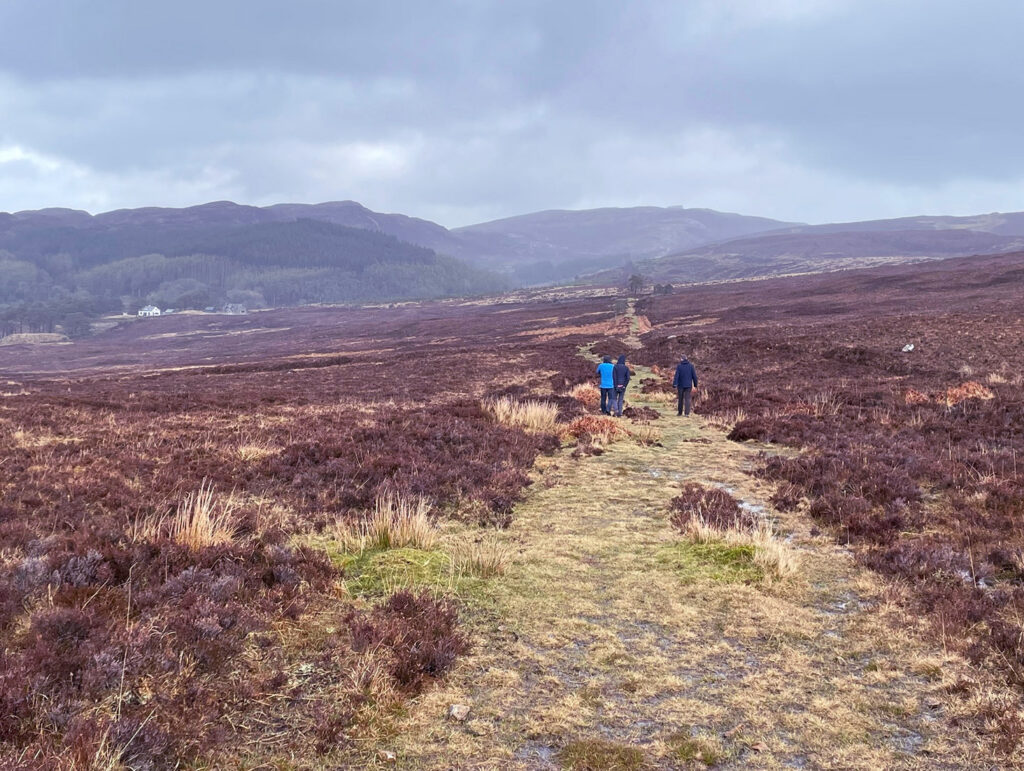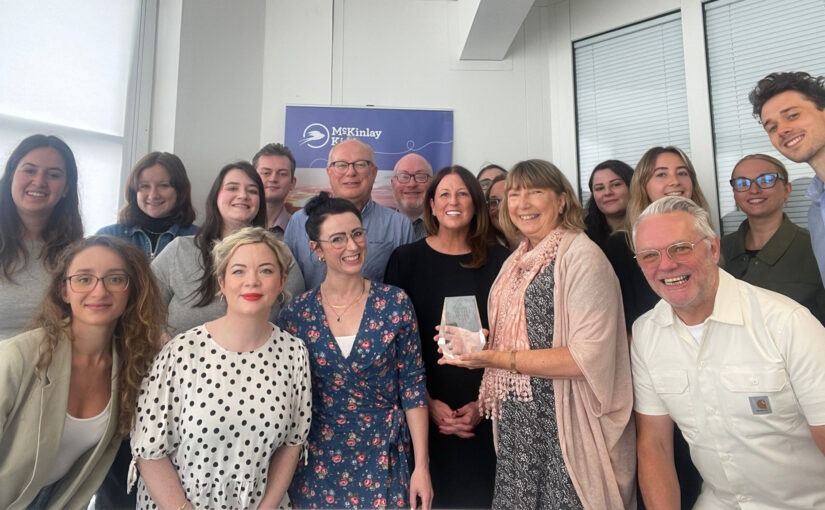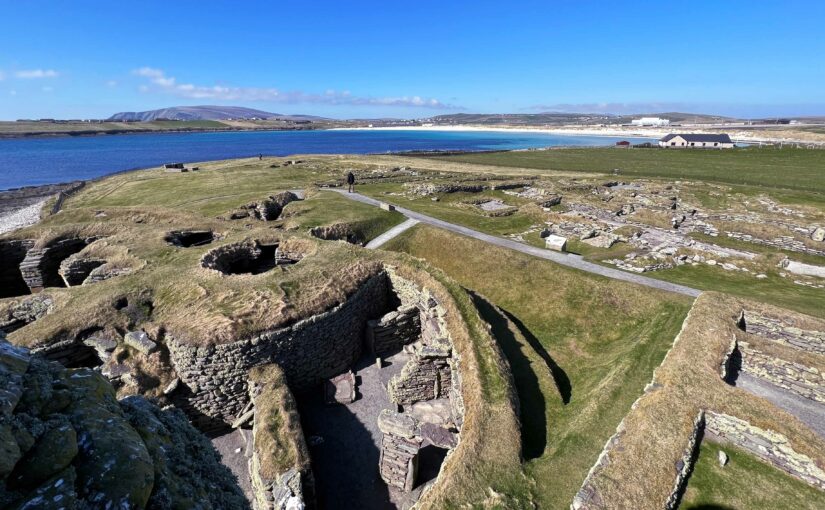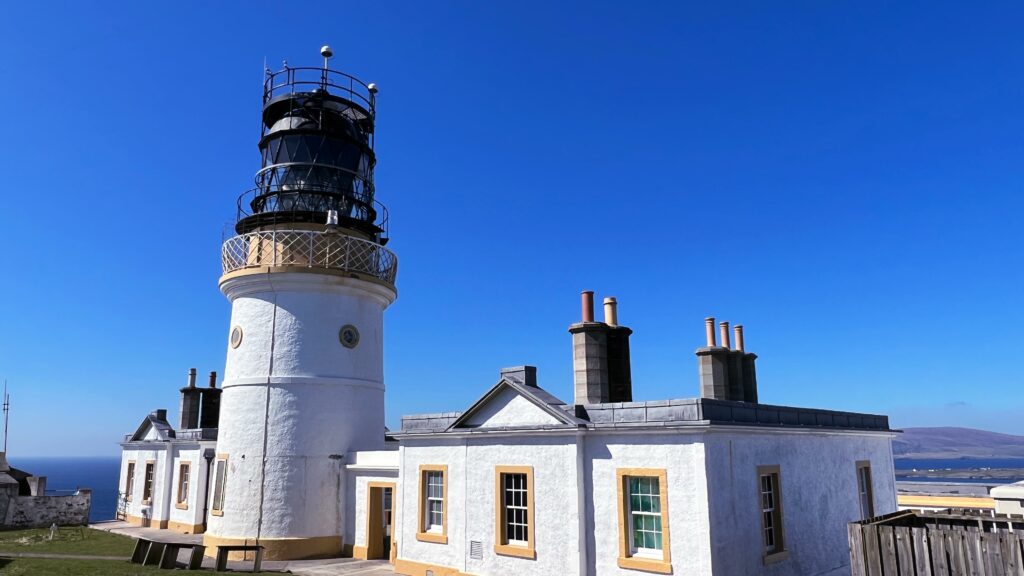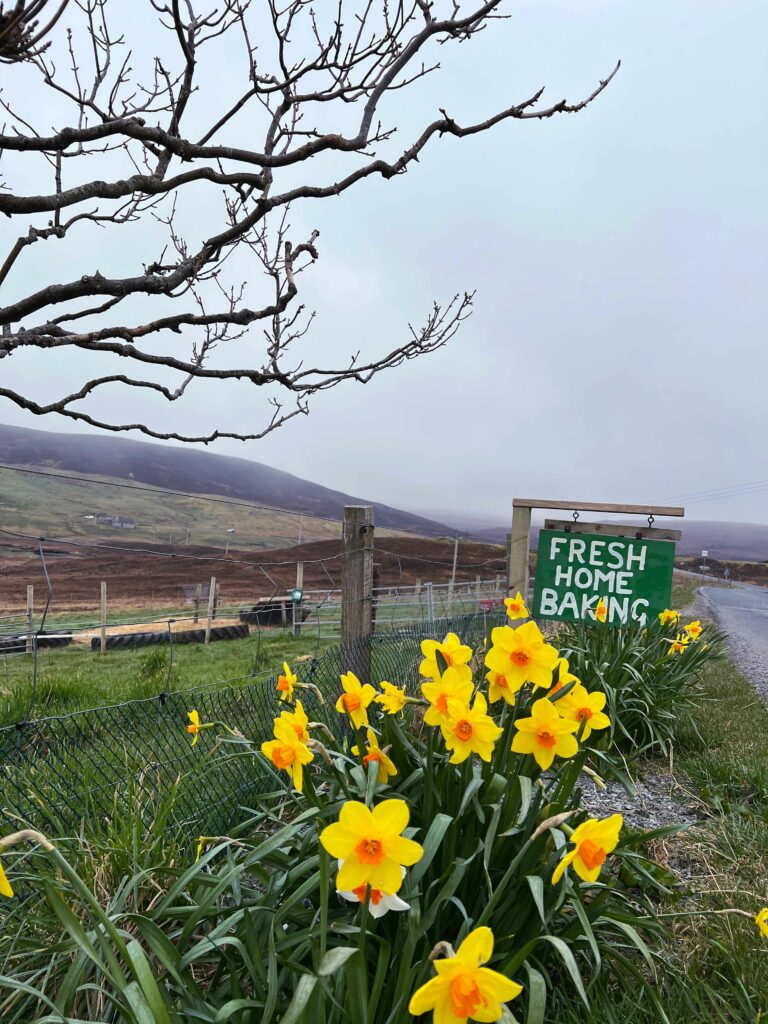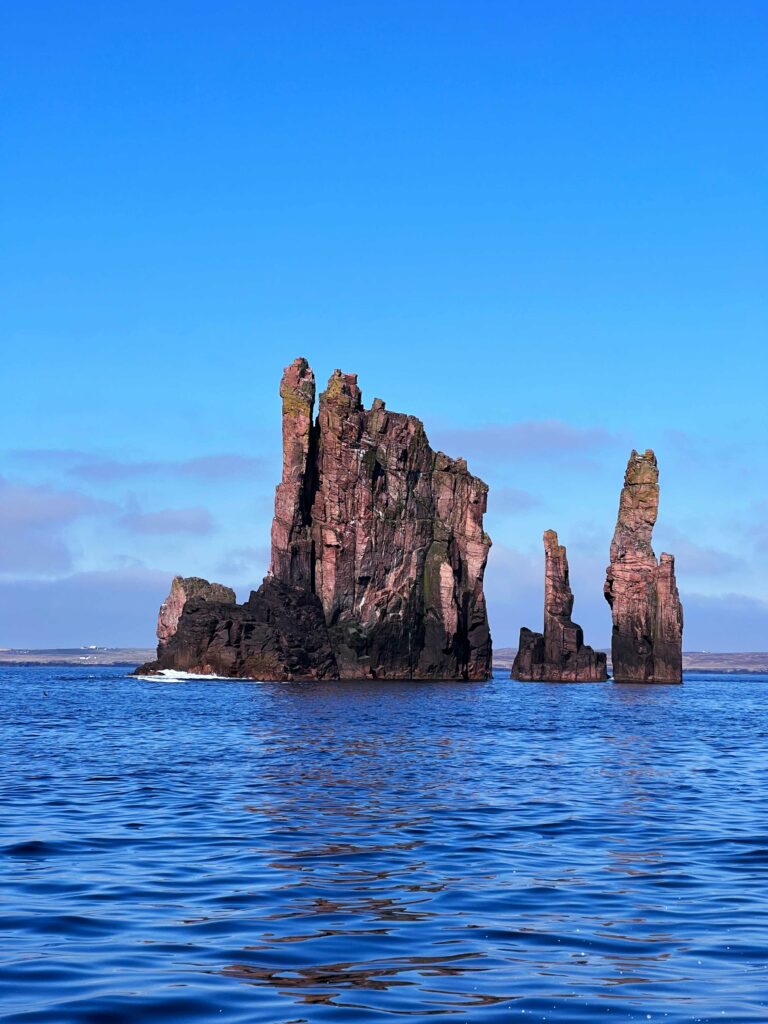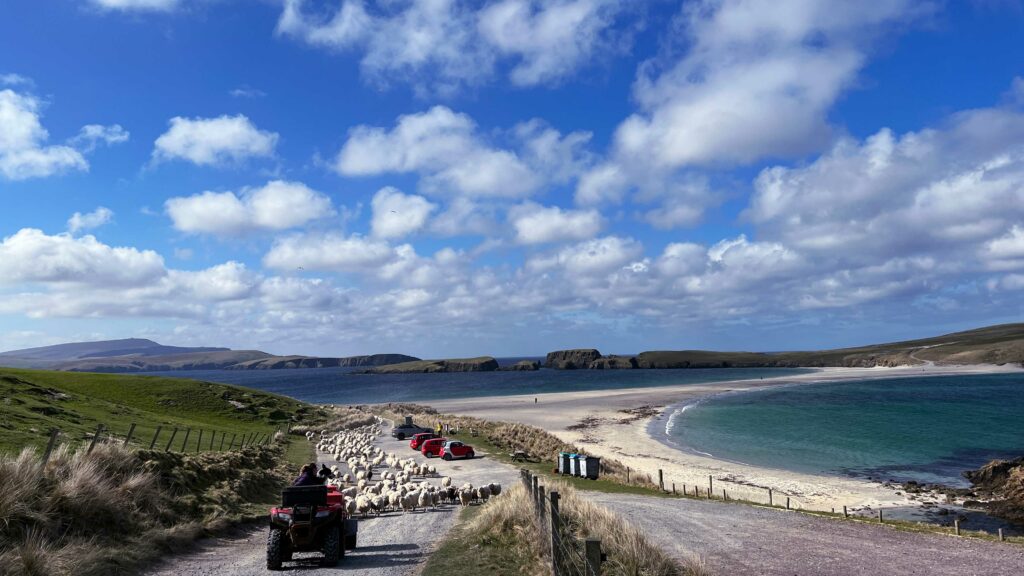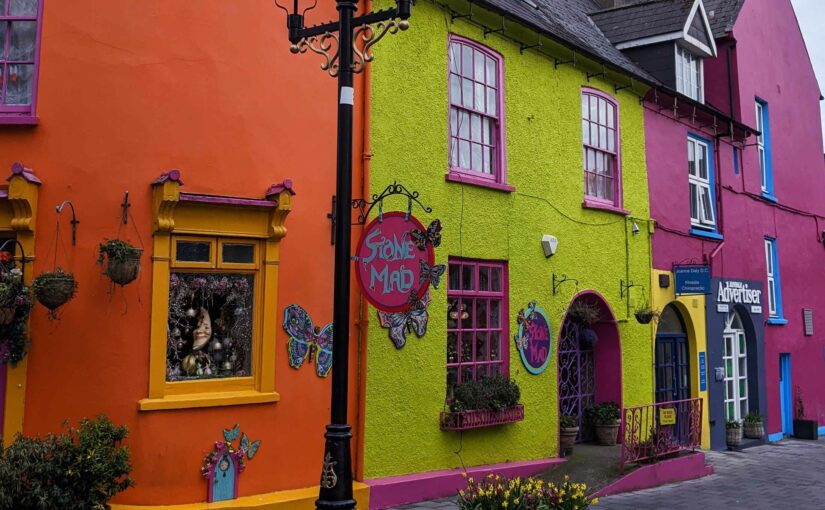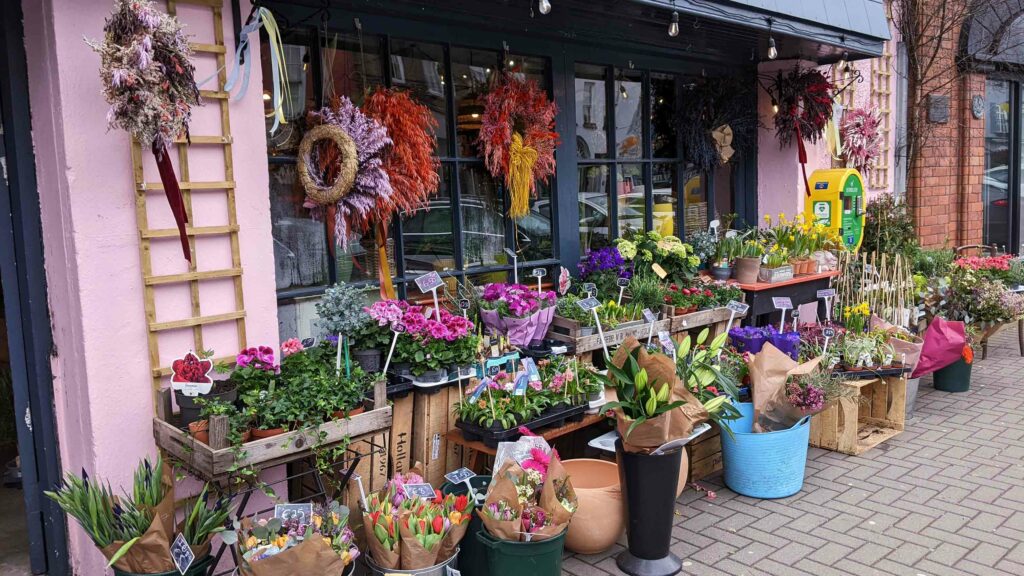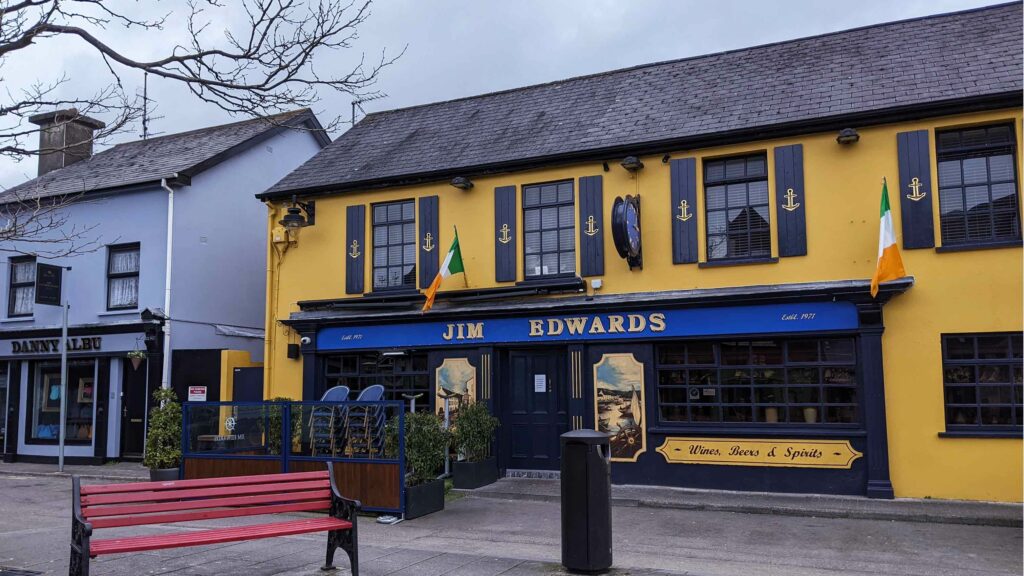When the opportunity arose for me to pay visits to two of my favourite cities on the island of Ireland, I jumped at it straight away. I’d be travelling as part of a guided group tour and joining them for the first few days, so was intrigued to find out their impressions of the two capitals.
First stop was Dublin, a historic city of literature and music. It’s a place that feels quite intimate despite its size, and offers a welcome as warm and friendly as any village. I was arriving relatively late in the day, so wasted no time in getting to the hotel and meeting up with my fellow travellers. The tour leader made everyone feel at home and gave us an outline of what the holiday would be made up of, ensuring everyone knew the others in the group. Before long we were all chatting like old friends – even more so after a pint of Guinness.

We started our first full day in Dublin fortified by a hearty breakfast and gathered with some excitement, ready for our guide to lead the way. It began with a gentle stroll down through St Stephen’s Green en route to Dublin Castle. The green is a Victorian gem nestled in the heart of the city, an oasis of calm in the middle of the bustle, which can boast four centuries of history. A beguiling mixture of myriad species of plants and birds, it’s also host to a number of important sculptural monuments to Irish history – with Joyce, Yeats (courtesy of a sculpture by Sir Henry Moore) and Mangan all present to represent Dublin’s literary heritage.
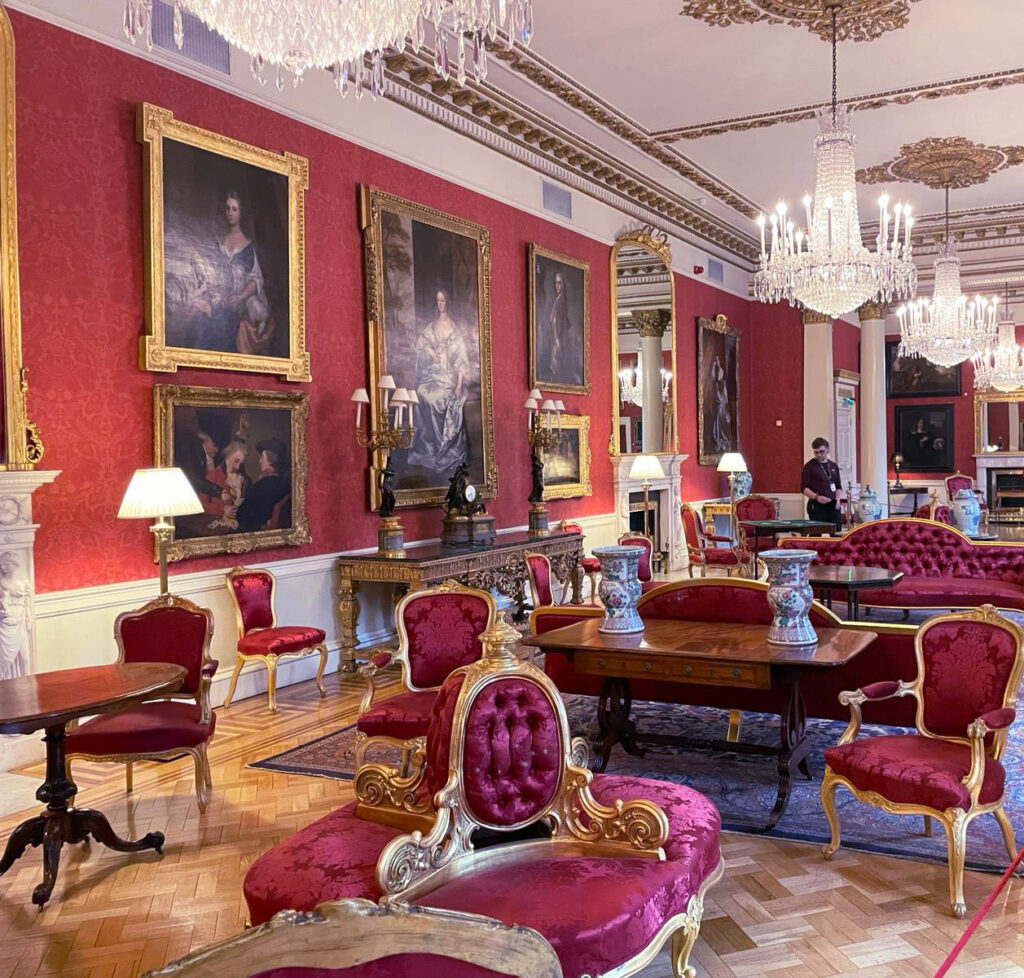
Arriving at Dublin Castle, it’s impossible not to be impressed by such an elegant edifice. Standing on one of the highest points in the centre of the city, the castle was originally constructed in the thirteenth century on the site of a Viking settlement. From 1204 until 1922 it served as the administrative centre for British rule, with a blaze in 1684 causing it to require extensive rebuilding. Parts of the Viking and medieval structures survived and they can still be explored today. When Independence was declared in 1922 it remained the hub of the new government for the Republic.
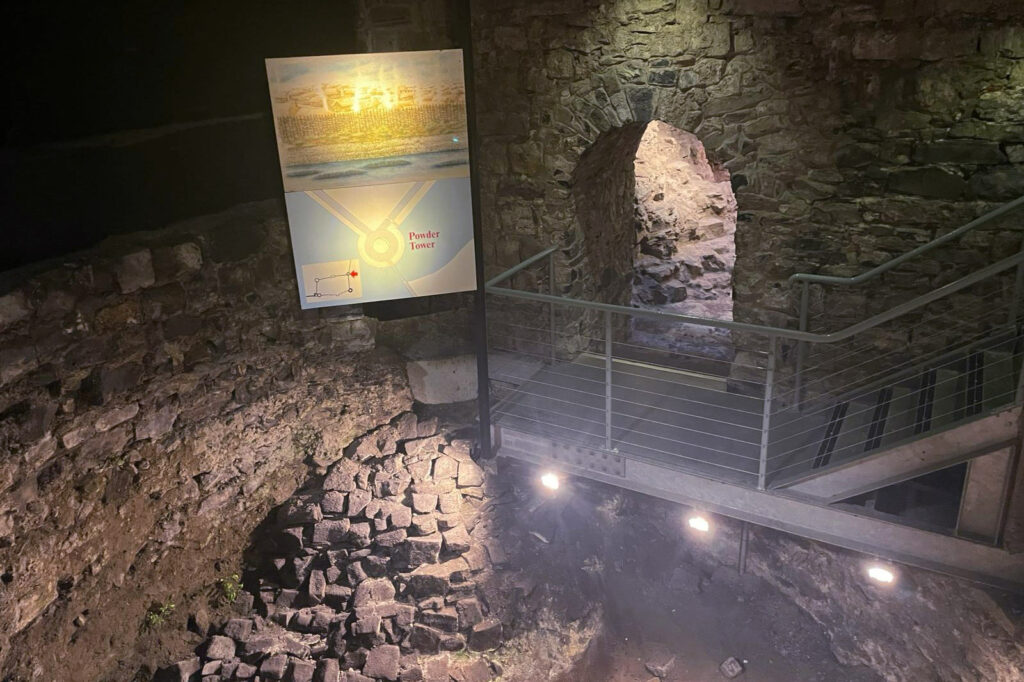
We went down below the castle to take in the Viking excavations and we could clearly see Dublin’s original defences, in the form of a stone covered embankment, preserved within the massive circular walls of the thirteenth-century Powder Tower. A set of steps led us down to where the original moat was located. The nearby River Poddle, which still flows in the castle grounds, would have been diverted in order to create it.
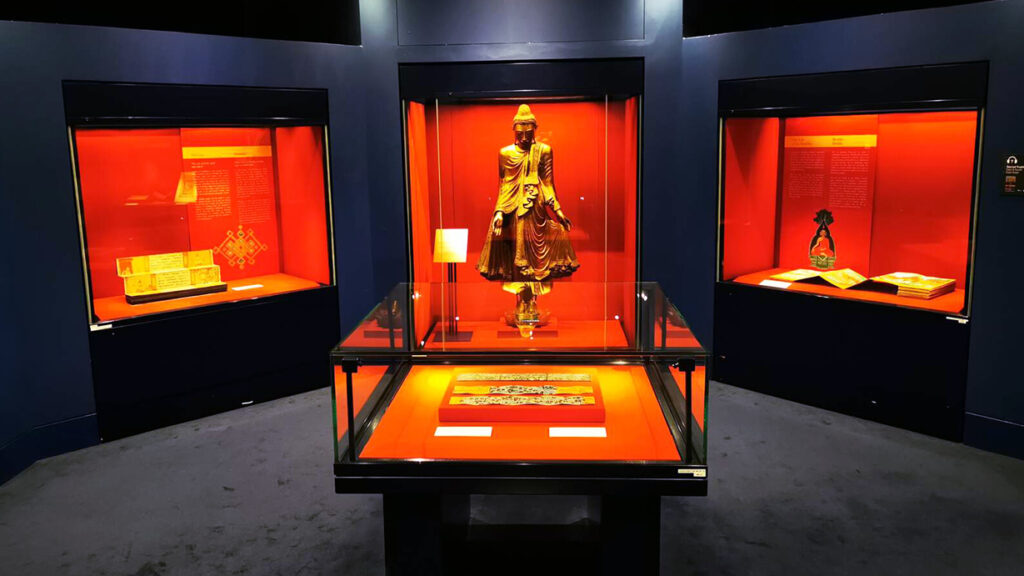
Literally a stone’s throw away from the castle is the remarkable Chester Beatty. Formerly known as the Chester Beatty Library, this glorious museum houses the collection gathered by the mining magnate Sir Alfred Chester Beatty. Composed of examples of Western, Islamic, East & South East Asian artefacts, it makes up one of the most significant collections in the world, with an array of priceless objects. It is dedicated to the appreciation and understanding of world cultures. Lonely Planet described it as ‘not just the best museum in Ireland, but one of the best in Europe.’ After losing ourselves in this stunning display of treasures and with a little bit of time to enjoy the ornamental Dubh Linn Gardens that sits on its doorstep, we had a few hours to wander and explore Dublin ourselves.
As is traditional when in Dublin, the group settled down at a cosy local pub for a well-earned meal and a chance to review and discuss all that we’d seen. And yes, of course, the Guinness made another appearance.
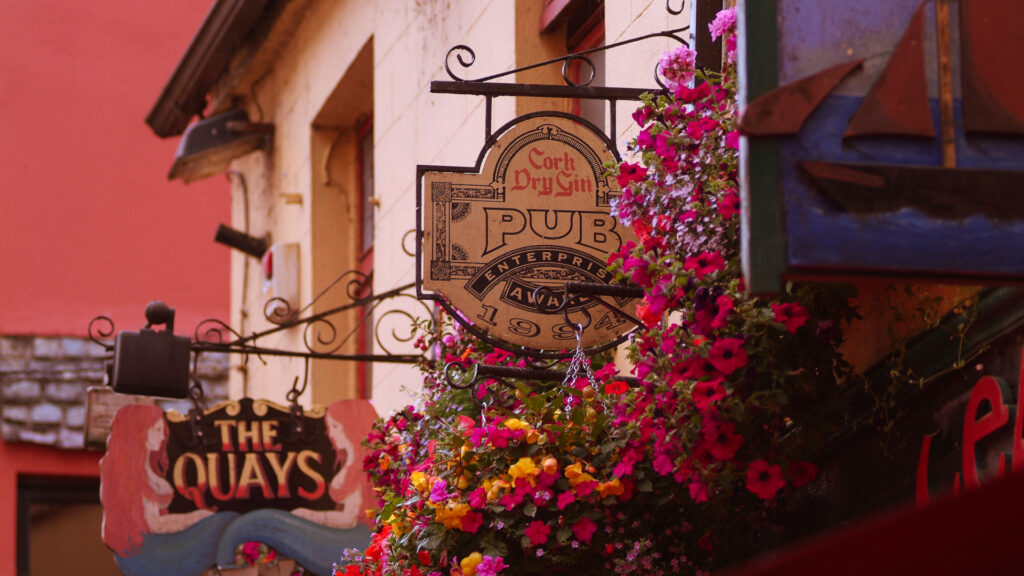
The following morning we boarded the train taking us up into Northern Ireland, destined for the vibrant city of Belfast. The track took us up the coastal route and, for the next few hours, a series of beautiful landscapes appeared one after the other as we gazed out of the carriage windows. First skirting Malahide Marina, it crosses the estuary heading north, following the coast as far as Drogheda. Speeding through the fields we crossed over the 18-arch Craigmore Viaduct, stretching for a quarter of a mile across the valley below. Eventually we pulled into Belfast, though the journey had just seemed to fly by.
At the station, our luggage was transferred to the hotel, whilst we were guided into Belfast’s centre by the tour leader, whose many tales of local history brought the past of the area vividly to life. We’d been advised at breakfast that maybe go for a lighter option – though an Irish breakfast is a mighty hard thing to resist – as our journey through the city today would be one based around it’s food. An expert foodie guide joined us and shared their enthusiastic knowledge of how food has helped to shape Belfast and how it’s a key part of its current reinvention.
Beginning in the historic, award-winning St George’s Market, the last surviving Victorian covered market in Belfast. The covered market has been here since around 1896, though an open version was in place prior to that and most likely contained a meat market and slaughterhouse.
The modern day market is not only home to a mouthwatering range of food stalls, but also features arts and crafts, antiques, clothing, plants, gifts with many more types of goods on offer.
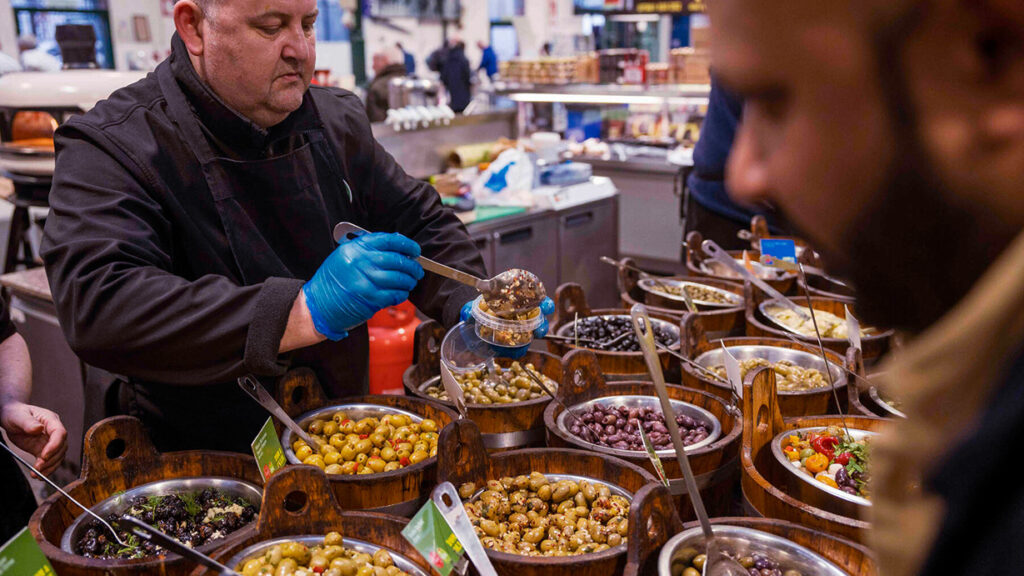
But it was the food we were here for – wanting to discover the passion behind the plate. After sampling delicious delights both local and from around the world in the market, the tour then took to the cobbled streets and a heady mixture of many traditional bars, artisanal producers and, in the Cathedral Quarter, cool restaurants and cafes. Interwoven throughout were stories about Belfast’s history as we strolled at a relaxed pace. We finished full and happy for my last evening in Belfast and I had no trouble drifting off to a wonderfully comfortable sleep.
My final day meant I had to say a warm ‘Slán Abhaile’ to my travelling companions as I headed on home. They were getting ready to spend the day finding out around Belfast’s social history with a local guide, and then visiting the award-winning Titanic Experience. The lucky bunch still had the rest of the week to enjoy the geological wonder that was the Giant’s Causeway and journey on one of the most scenic coastal rail routes, from Coleraine to the lively city of Derry/Londonderry. The city has undergone a dramatic transformation in the 21st Century and I was more than a little envious of the guided tours and reception at the magnificent Guildhall, that they had awaiting them.
Ah well, maybe next time.
Words by Conor @ McKinlay Kidd
McKinlay Kidd offers a number of holidays on the island of Ireland, including self-drive, public transport and small group guided tours.
If you’re interested in the experience I had, you can book a space on the Dublin, Belfast & Causeway Coast Small Group Rail Tour. If you prefer to travel self-guided you could consider the Grand Tour of Ireland Self-drive among a range of options. Slowly… holidays, such as Slowly Discovering Ireland’s Ancient East, allow you travel at your own pace for a relaxing tour, or you could ride the rails more extensively on the Grand Tour of Ireland by Train. For the Foodies, I’d recommend the Wild Atlantic Way Cork & Kerry Food Trail.
Do let us know if you’d like to include any of these destinations as part of a tailor-made tour. Take a look around our website for even more holiday inspiration.

